Articles and Blogs
A community of traffic industry professionals working together to make roads safer.


How Bike Lanes Improve Safety and Traffic Flow: Celebrating Bike Safety Month
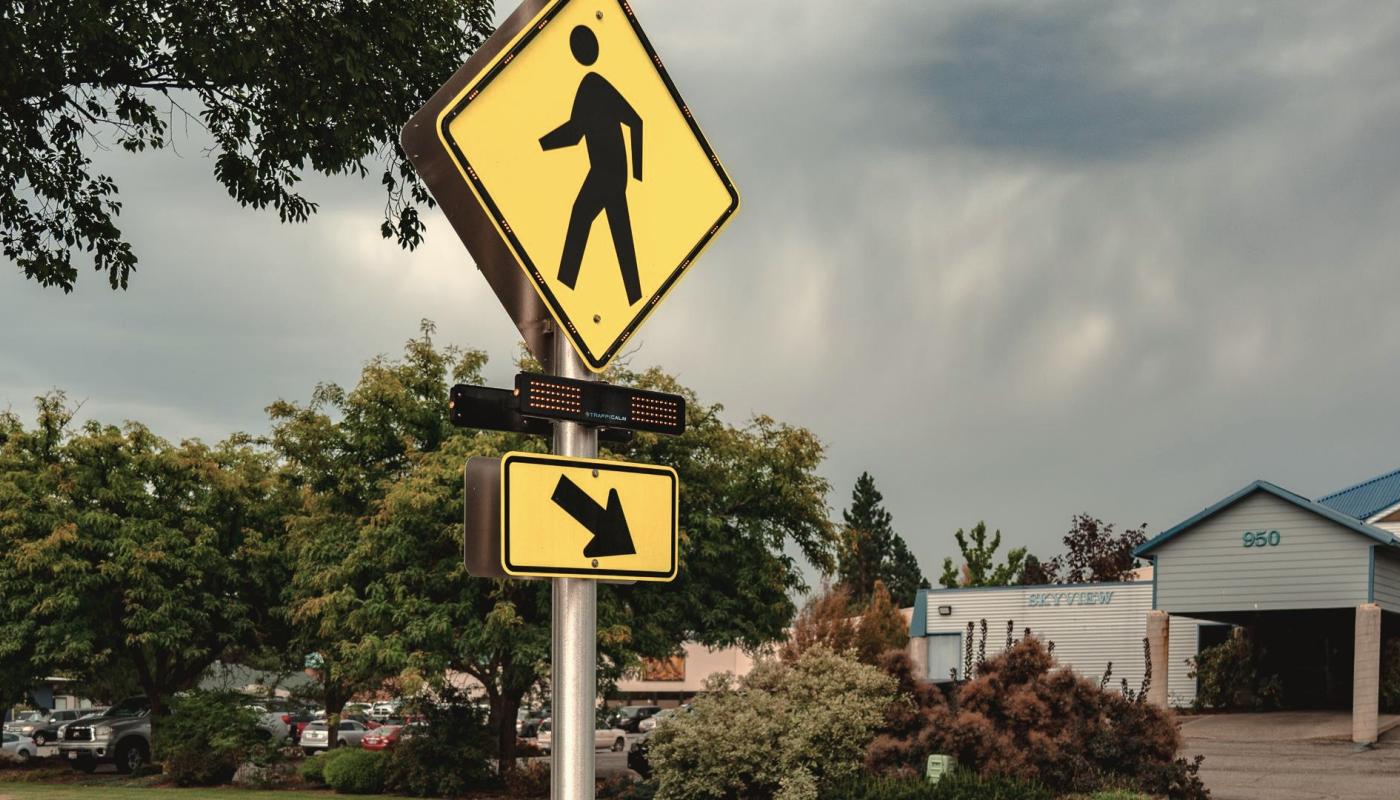
What is an RRFB and Why Are They Useful?

What is PROWAG? A Must-Know for Traffic Engineers and City Planners
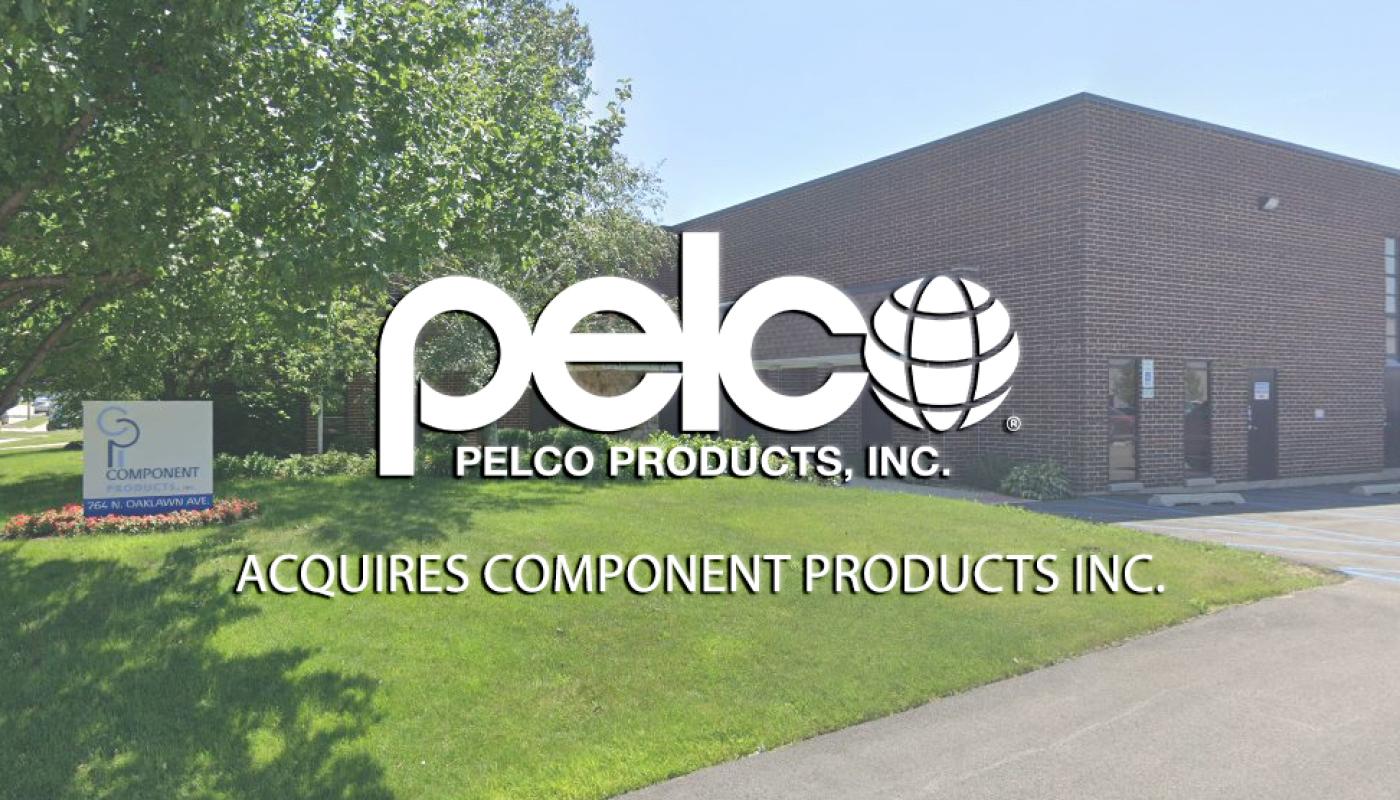
Pelco Acquires Component Products to Expand Traffic Safety Leadership Position

Enhancing Pedestrian Safety: TraffiCalm and Pelco Solutions

The History of Wrong Way Driving Technology

Breaking Down the MUTCD 11th Edition: Key Updates for Traffic Safety Professionals
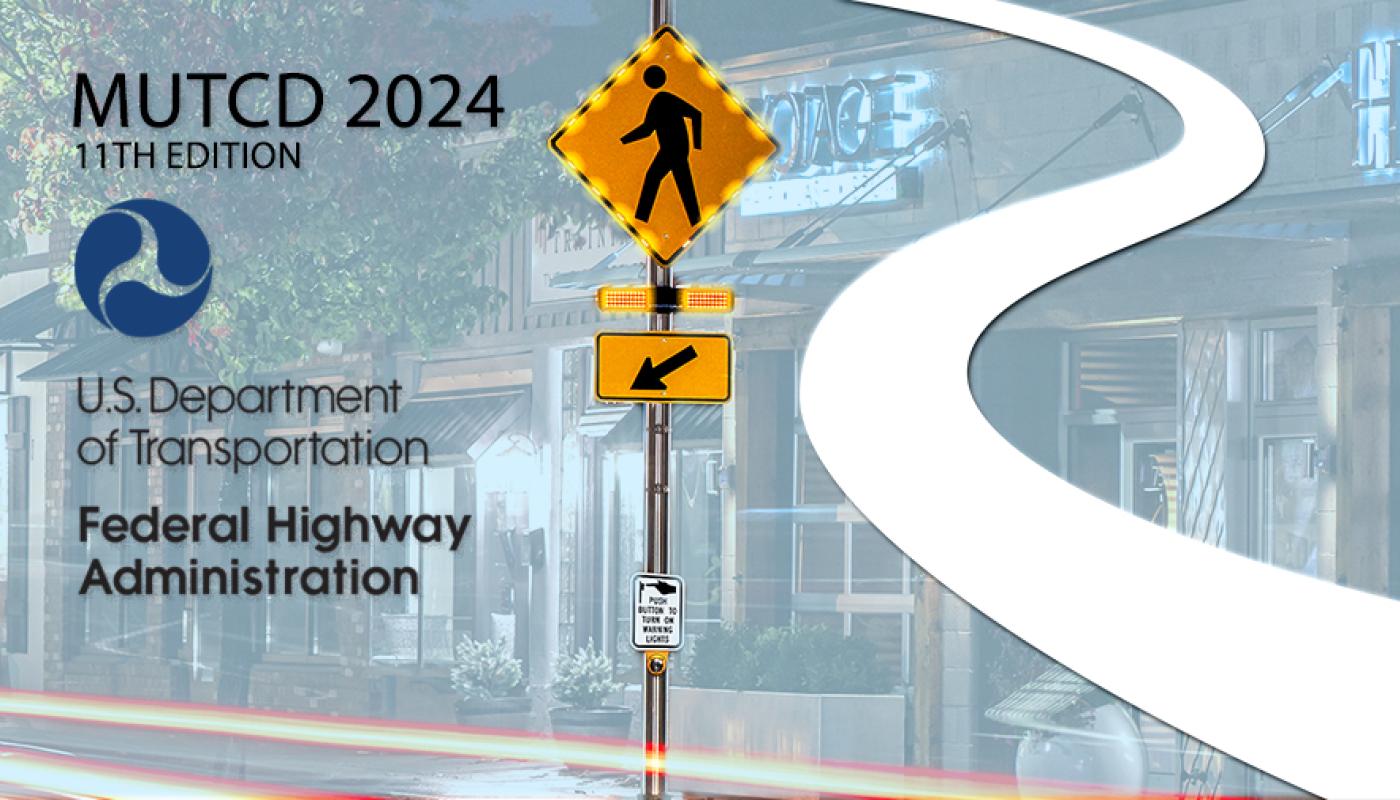
Navigating the 2024 MUTCD: How Flexibility and Interpretation Shape Compliance
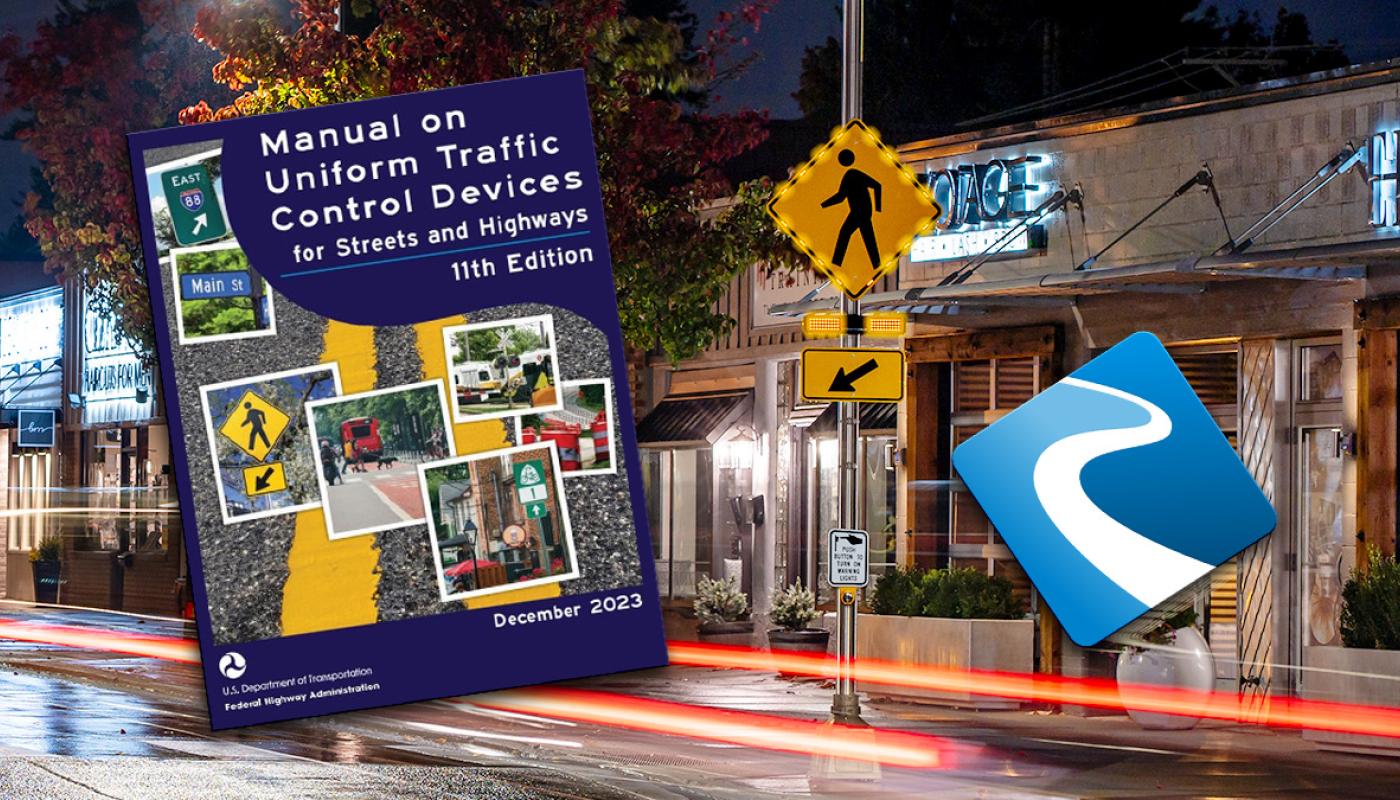
MUTCD Uncovered: Addressing Common Misconceptions and Ensuring Compliance
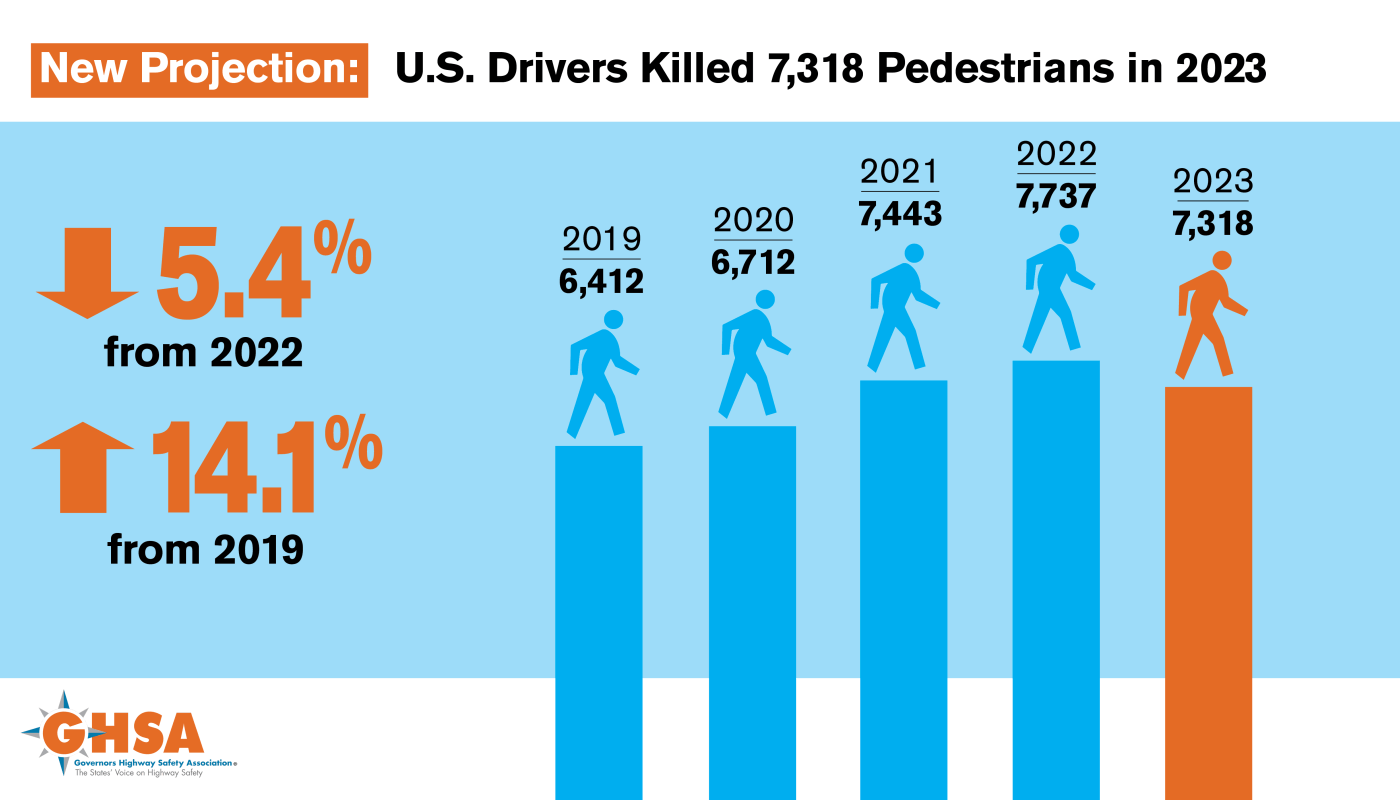
Pedestrian Safety: Are We Moving in the Right Direction?
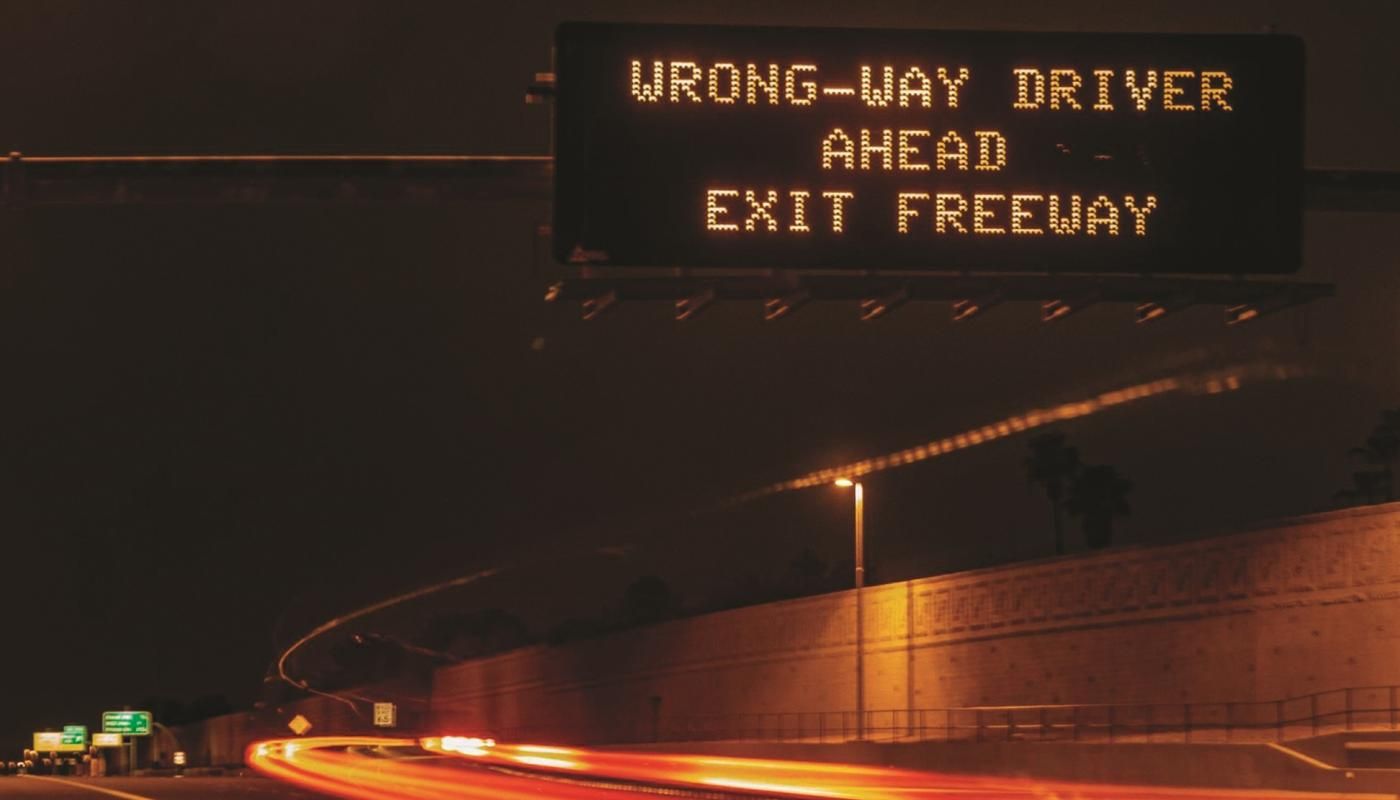
The Critical Need for Advanced Wrong-Way Driving Countermeasures: Insights from the 2024 FHWA Report
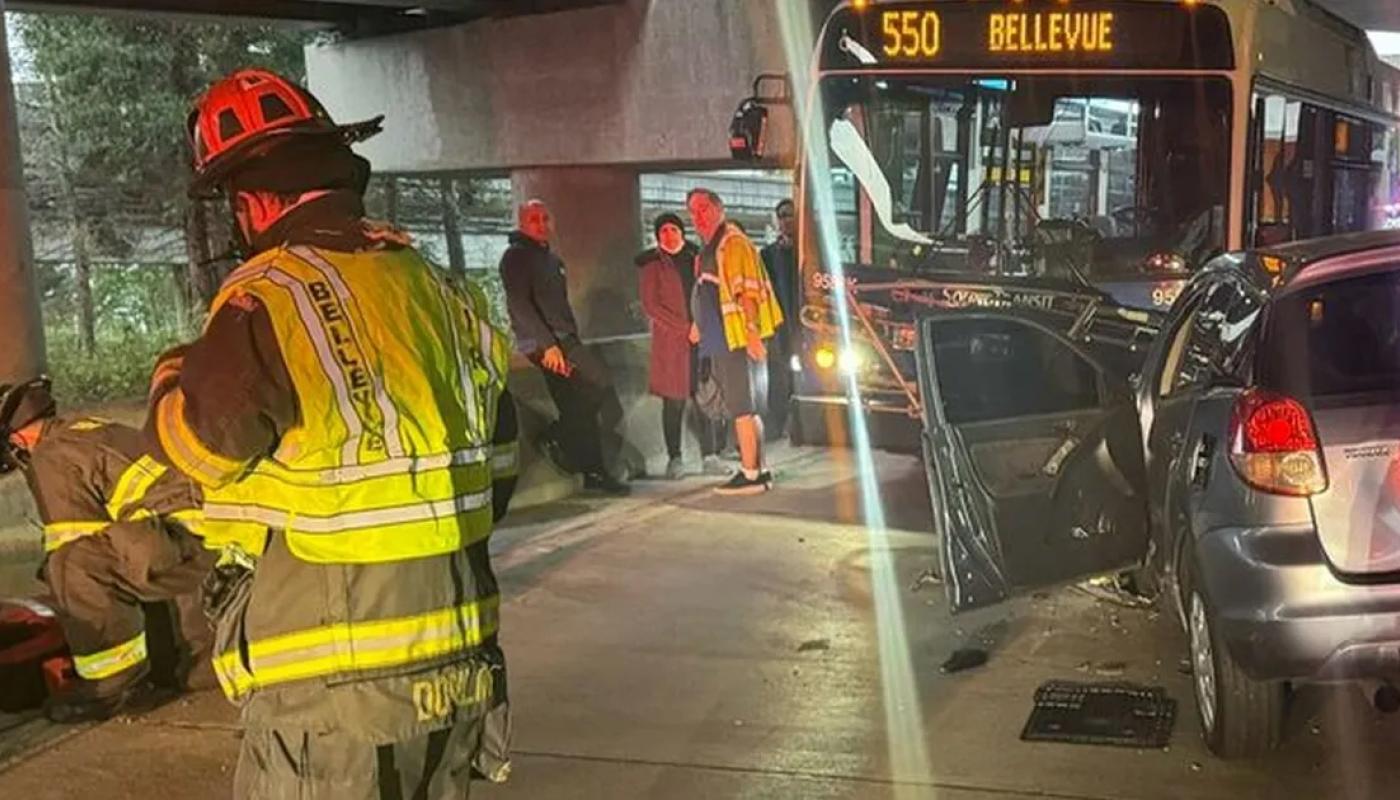
Wrong-way Driving: Who Calls the Shots on Prevention?
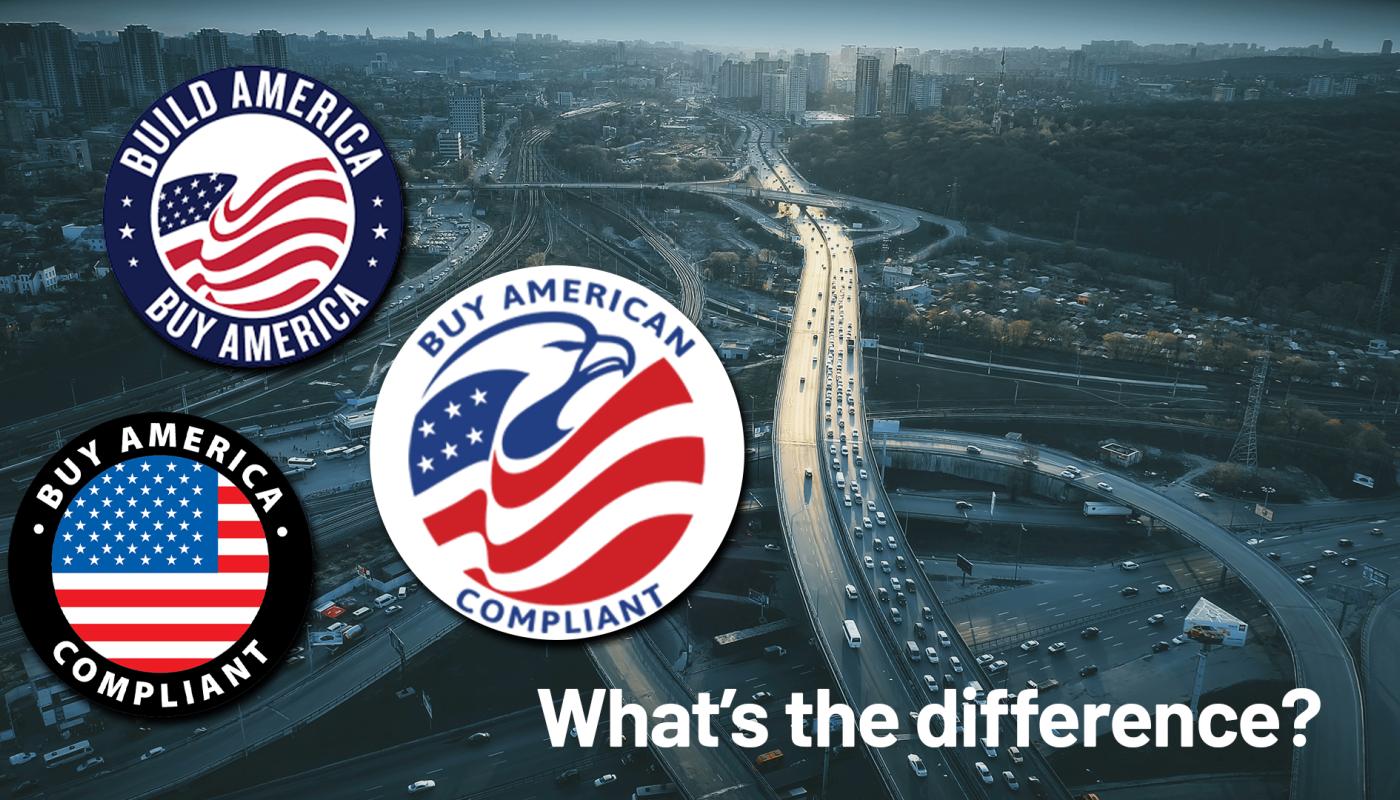
Understanding the Differences Between BABA, Buy America, and Buy American: A Comprehensive Guide

Complete Streets: Funding Opportunities and Implementation for Safer, Equitable Roadways

Safe Routes to School: Leveraging Funding for MUTCD Compliant Beacons and RRFBs
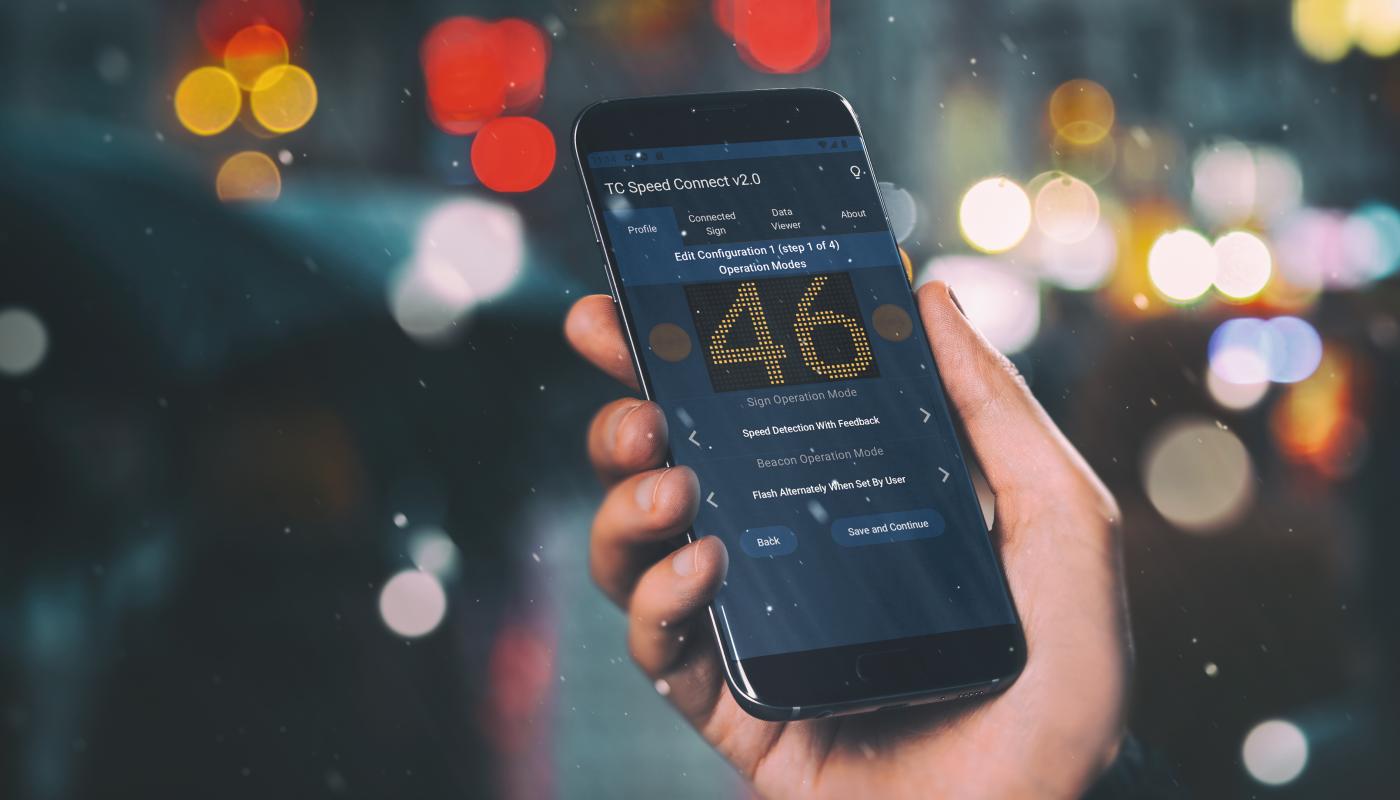
Introducing TC Speed Connect V2.0: Revolutionizing Radar Driver Feedback Signs Configuration
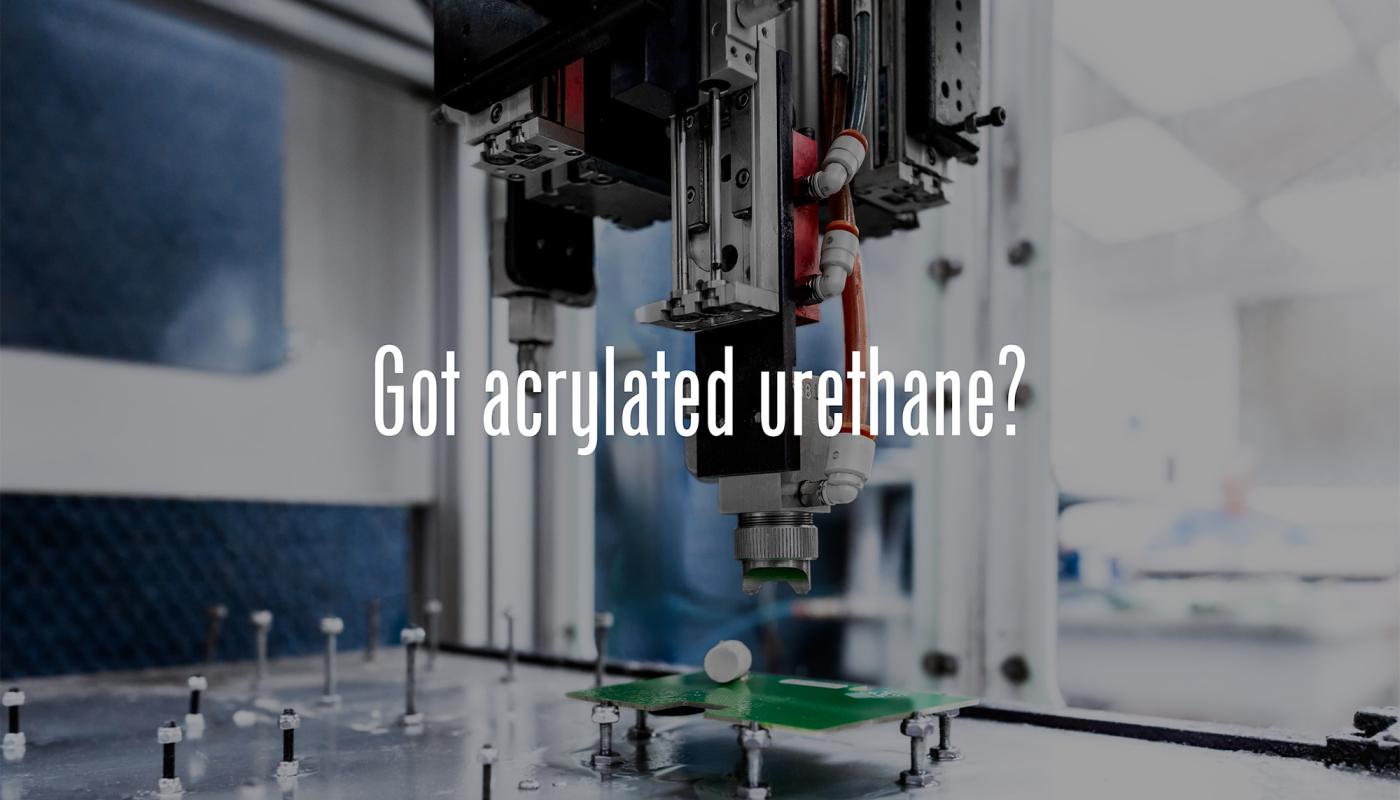
Precision and Innovation: TraffiCalm's Advanced Manufacturing Process

Enhancing Roadway Safety with RRFBs and School Zone Beacons: TraffiCalm's Commitment to Innovation
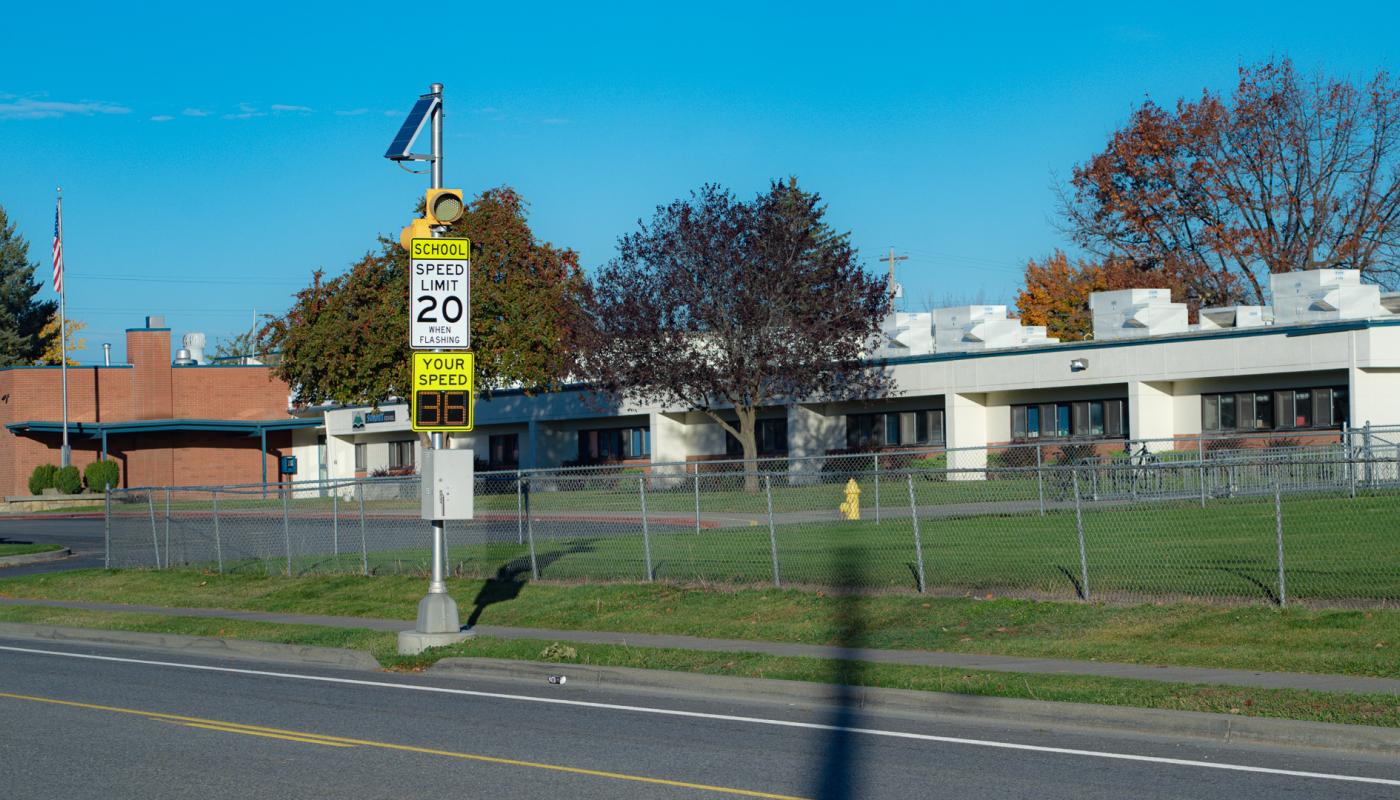
Revolutionizing School Zone Safety: Insights from Des Moines’ Innovative Use of Modified Signs and Flashing Beacons
Introduction
In the quest to fortify school zone safety, the deployment of Radar Speed Signs (RSS), also known within the industry as Dynamic Speed Feedback Signs (DSFS) or Driver Feedback Signs (DFS), has been a pivotal strategy.

Case Study: Effectiveness of Dynamic Speed Feedback Signs Volume
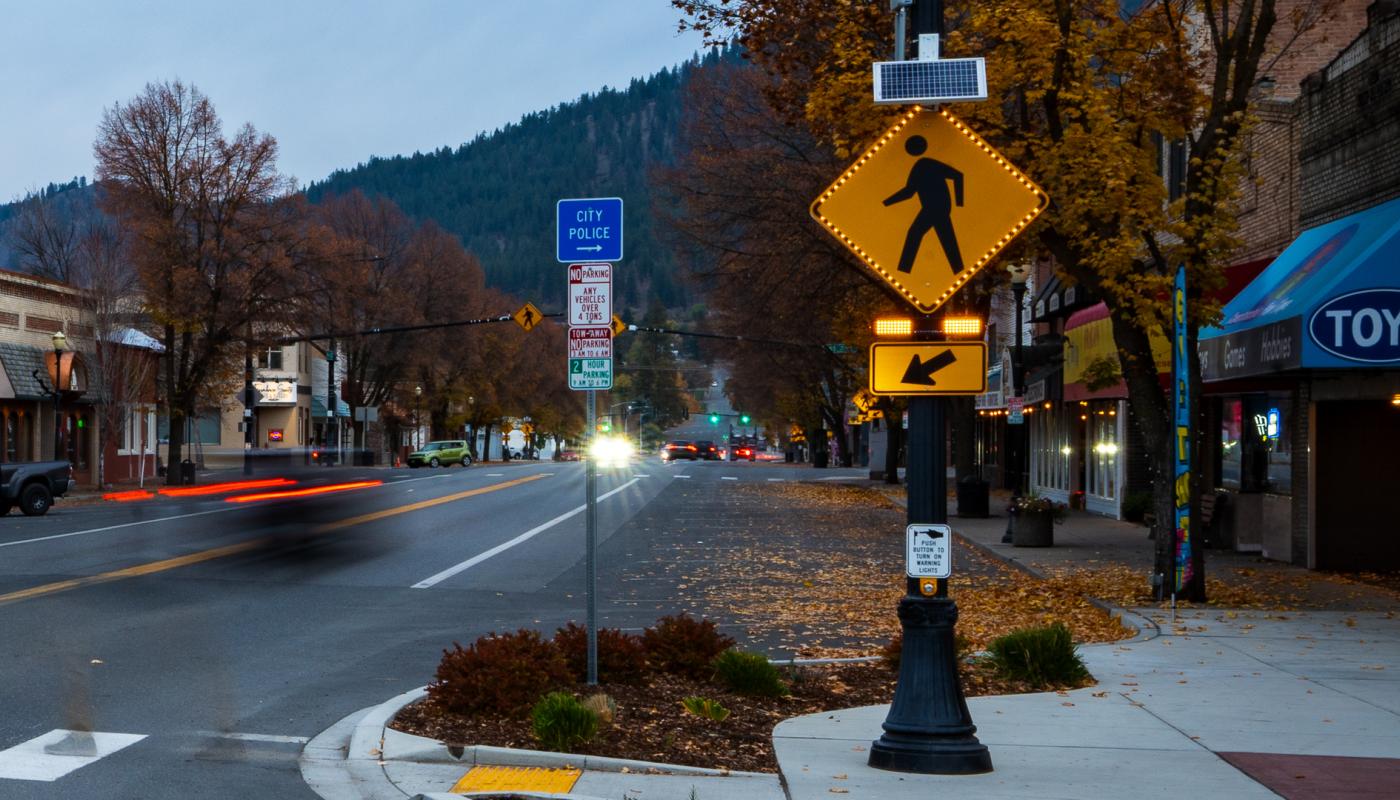
Assessing the Impact of Pedestrian-Activated Crossing Systems: A Focus on Rectangular Rapid Flashing Beacons (RRFBs)
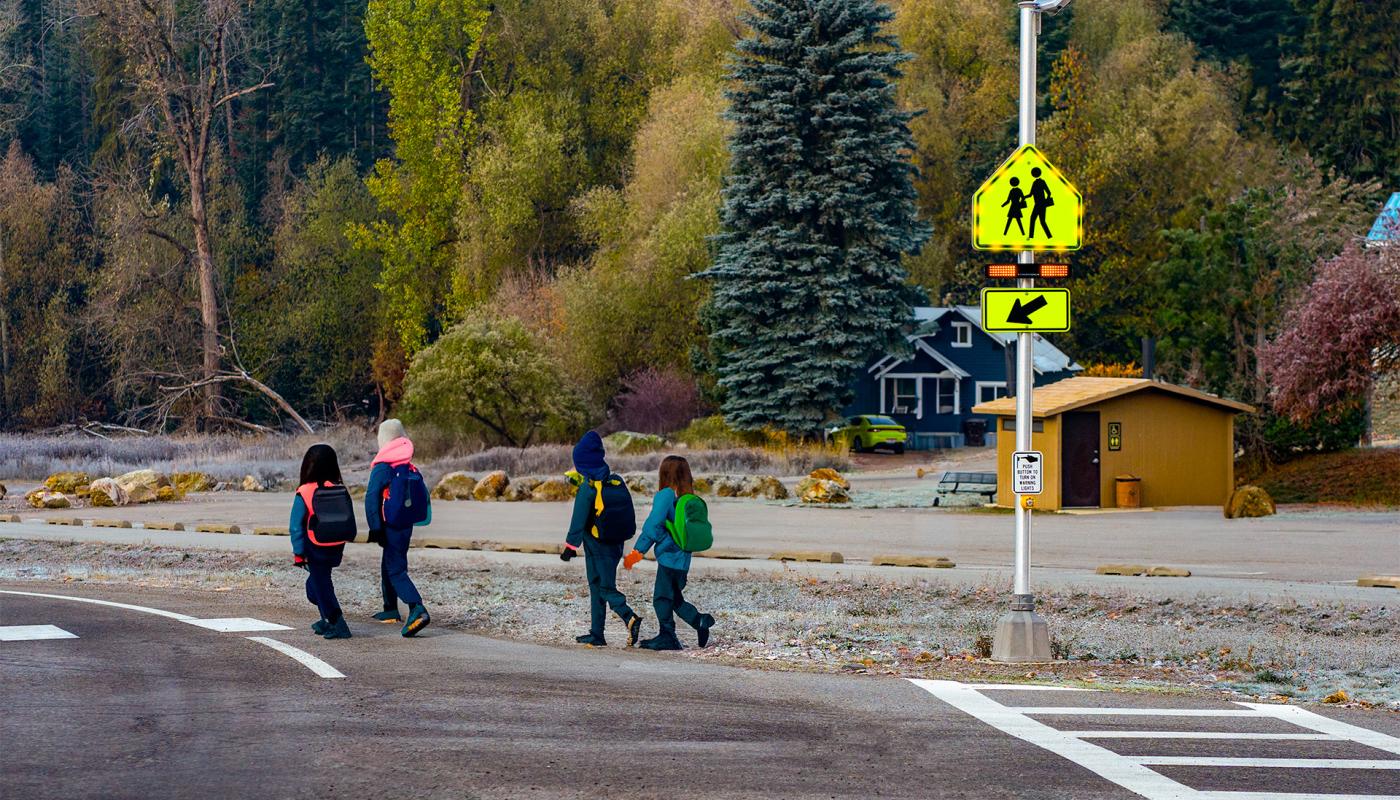
Are Smartphones Making Our School Zones Less Safe? A Deep Dive into Child Pedestrian Safety
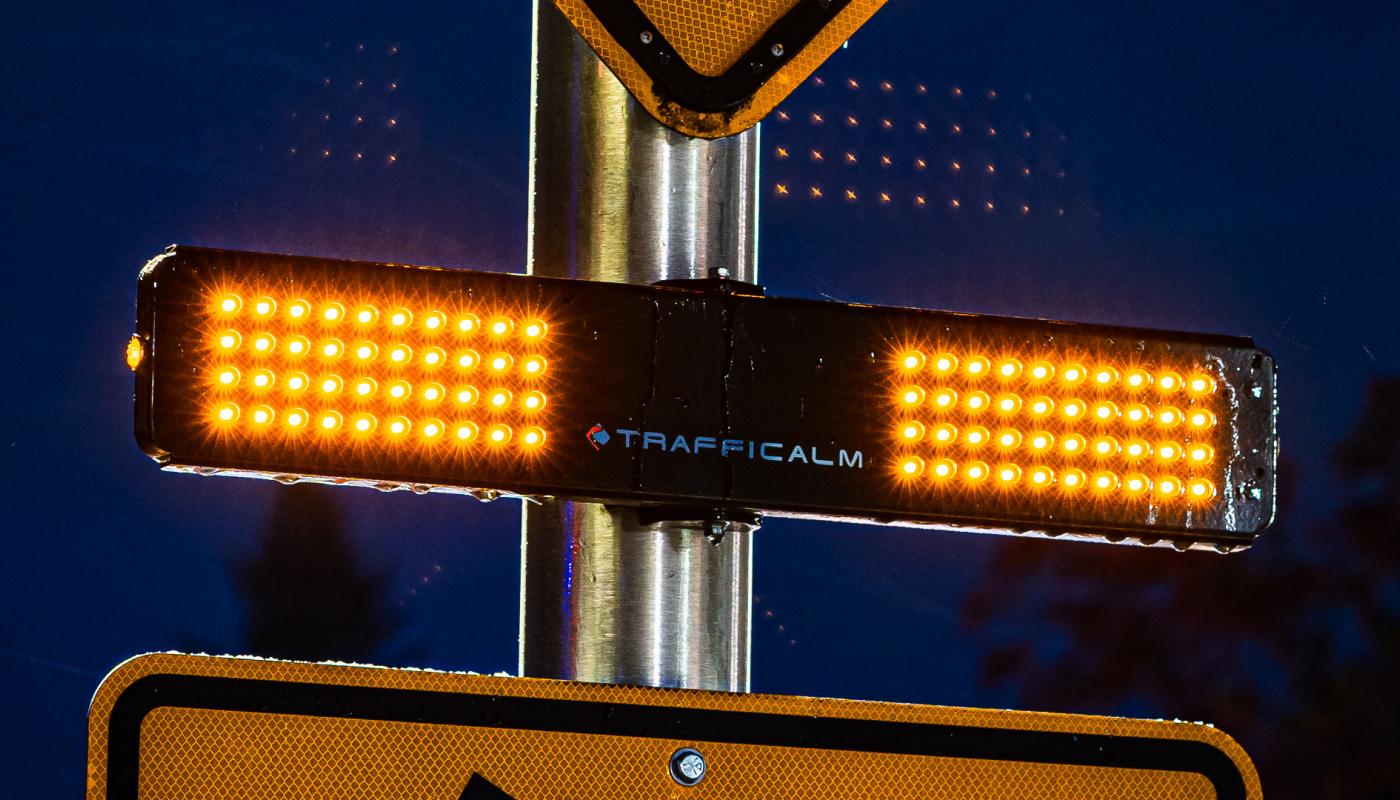
Crash Modification Factors for Uncontrolled Pedestrian Crossing Treatments
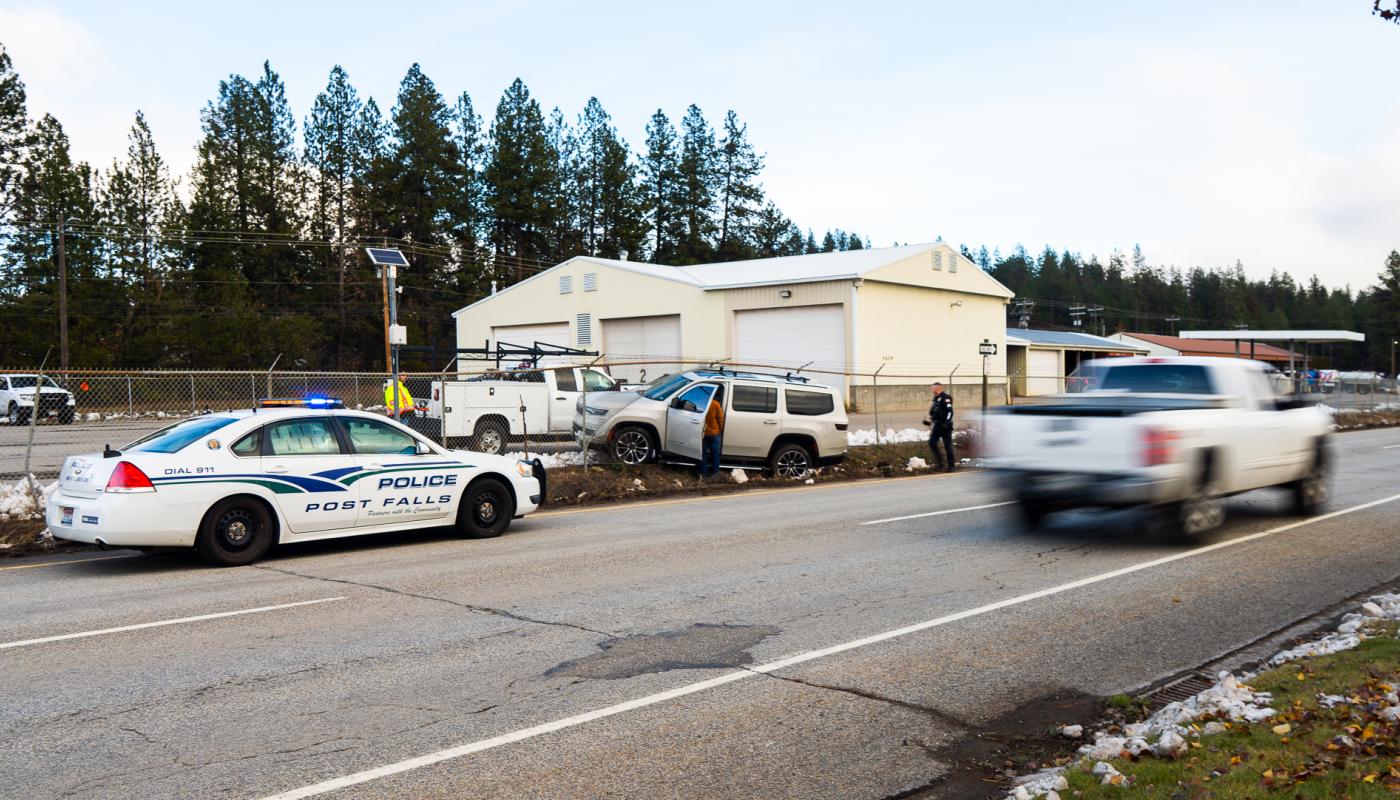
Evaluation of RRFB Implementation at Freeway Off-Ramps and Its Effectiveness on Wrong-Way Driving
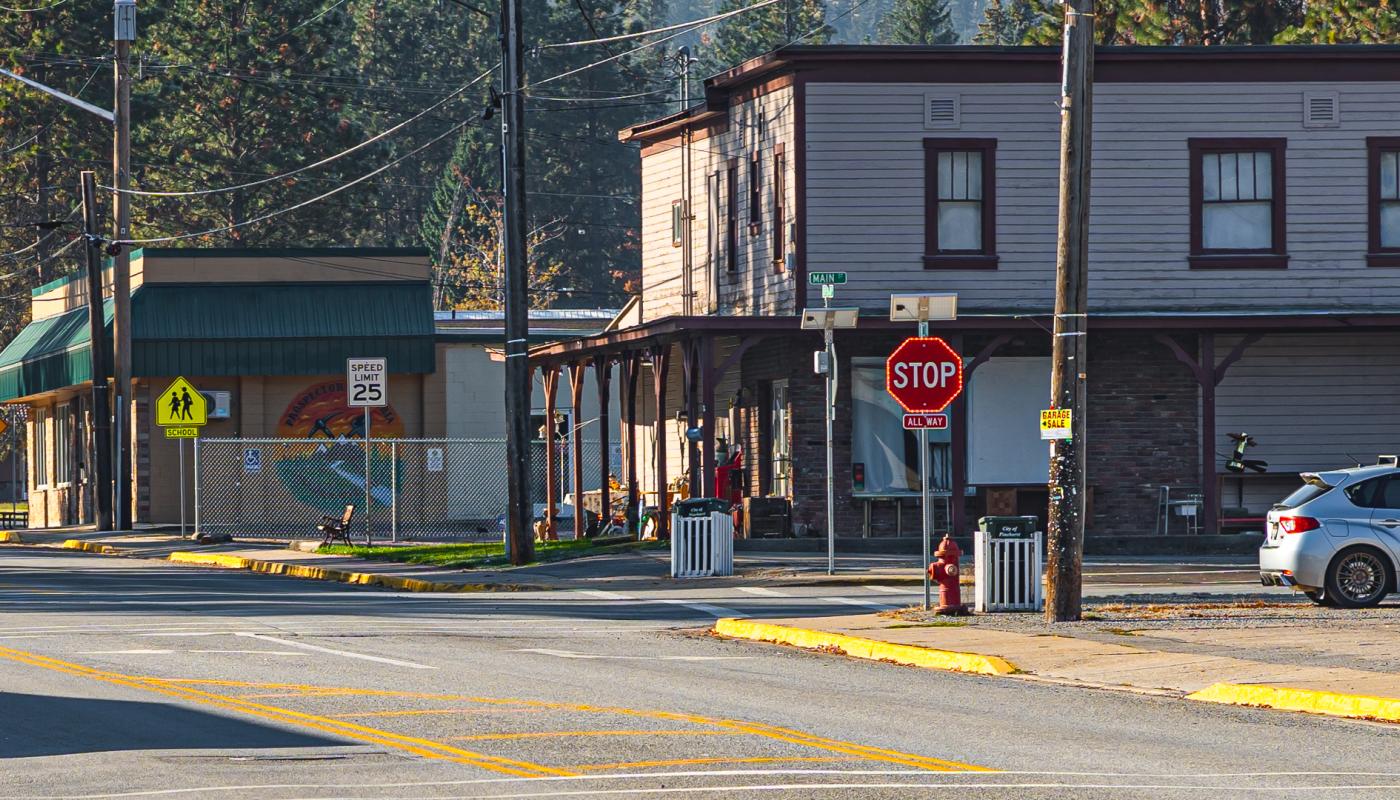
Traffic Operational Impacts of Higher-Conspicuity Sign Materials: A Focus on Flashing LED Stop Signs
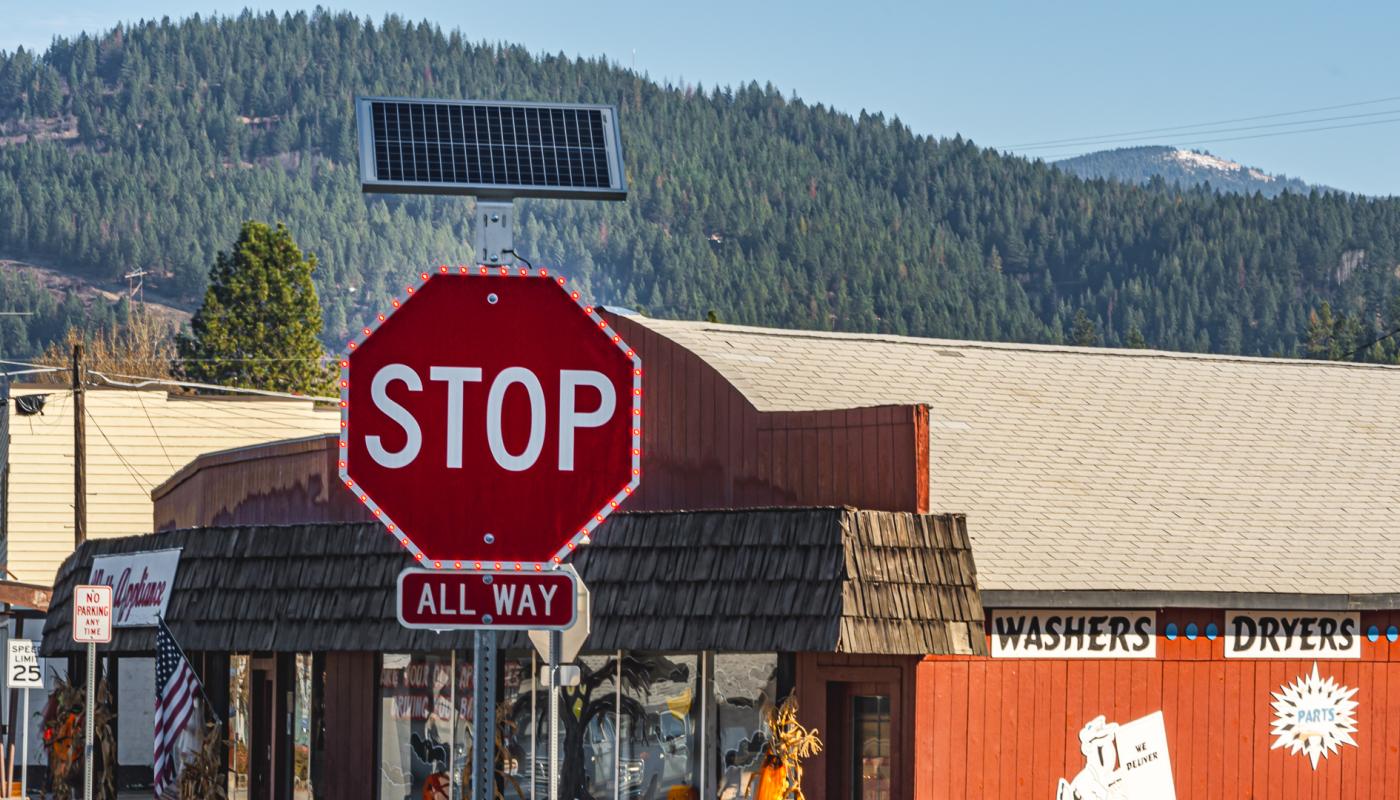
Evaluation of Best Practices in Traffic Operations and Safety: Flashing LED Stop Signs
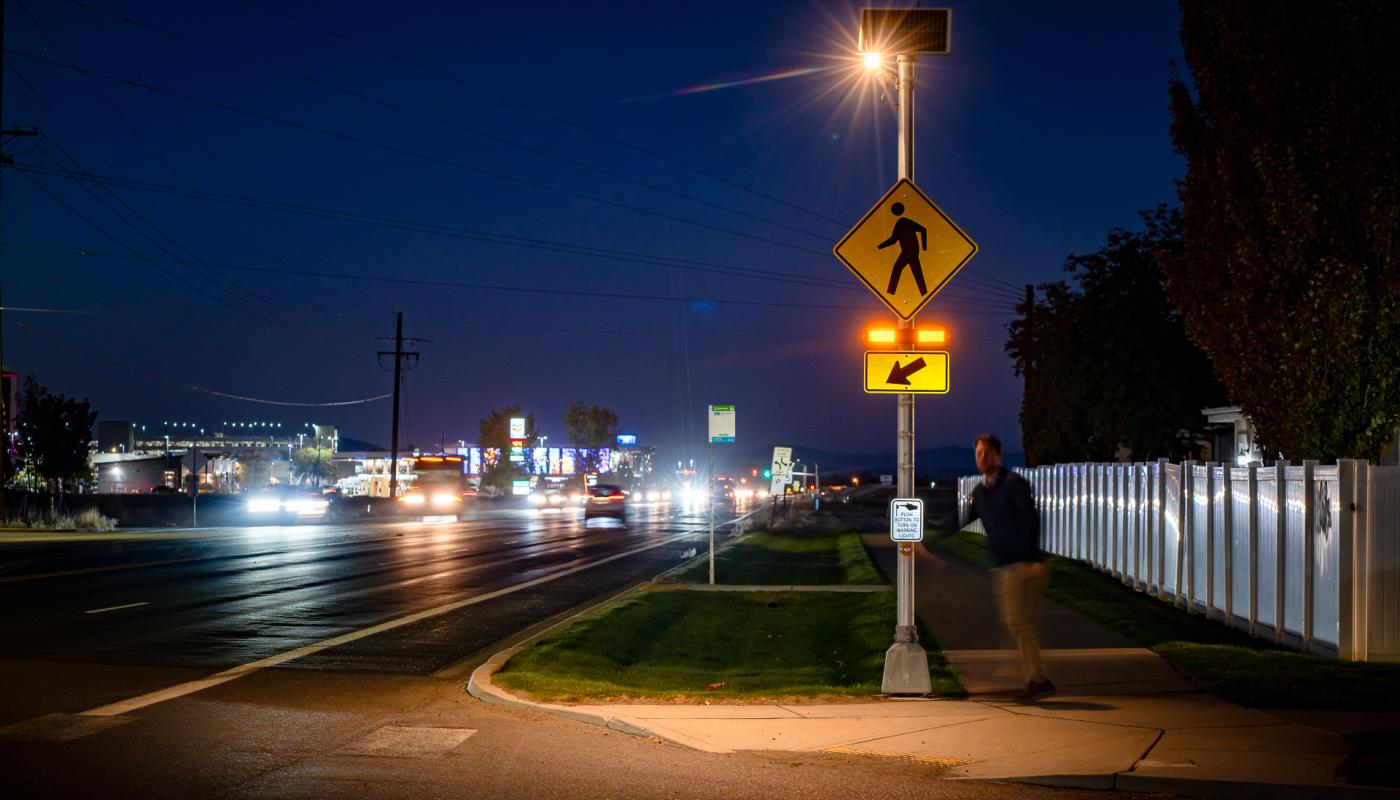
Technical Review of Pedestrian Safety Under Alcohol Influence: Insights from Tennessee

Revolutionizing School Zone Safety: A Deep Dive into TraffiCalm’s Solutions and Case Study Insights
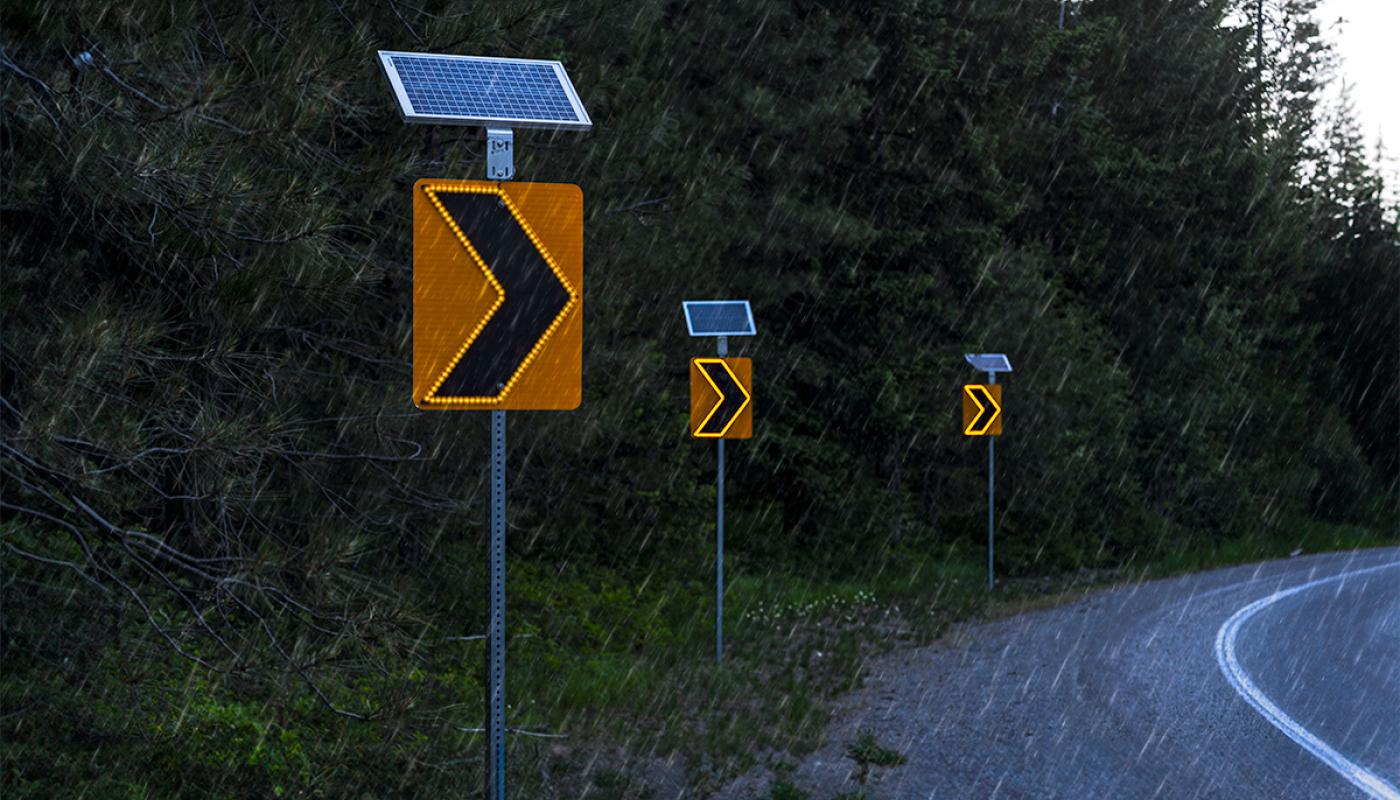
Navigating Curves with Confidence: The Impact of TraffiCalm's Dynamic Chevron Systems
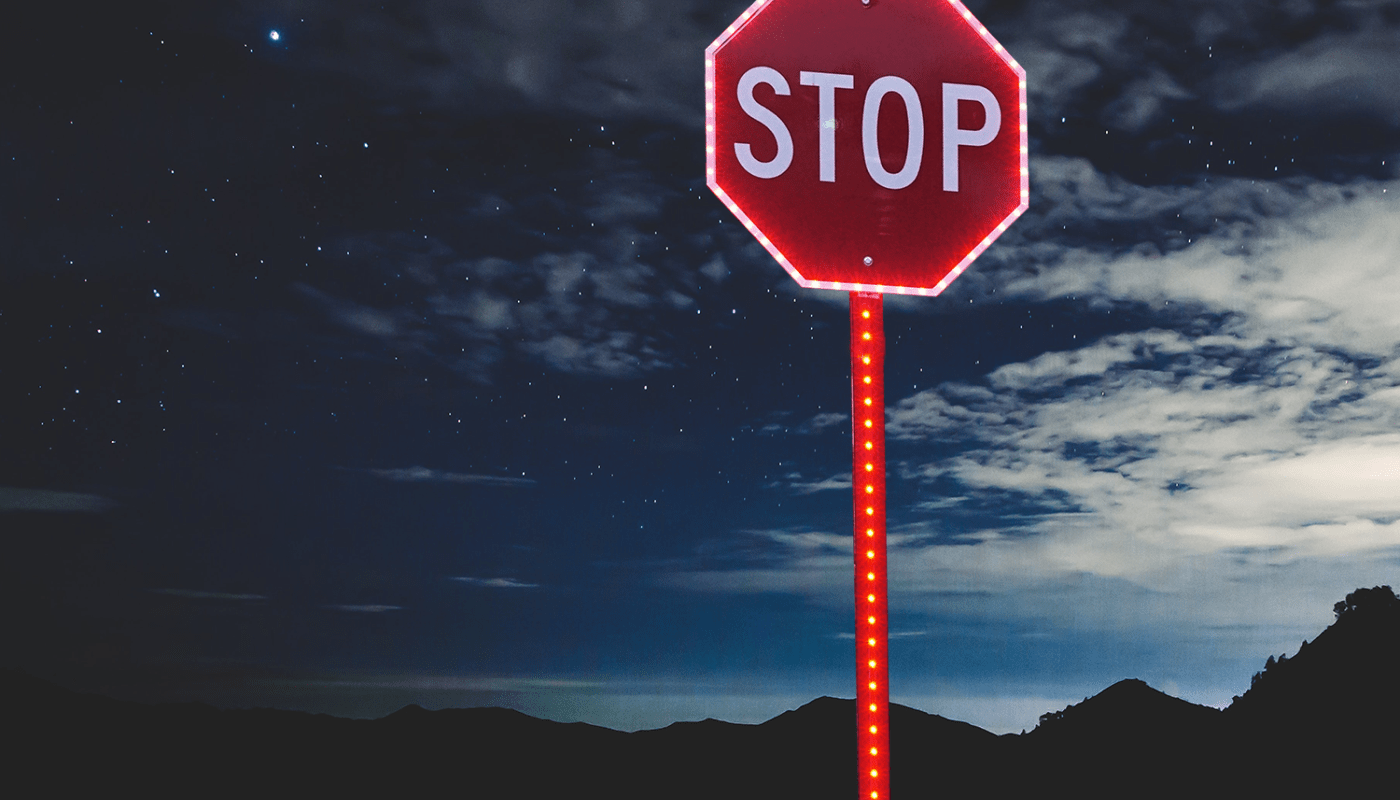
Improved Road Safety with Reflective Sign Posts and TraffiCalm's Sign Post Flasher

Enhancing Road Safety in Rural British Columbia: A Collaborative Success

Case Study: Rectangular Rapid Flashing Beacons (RRFB) in Pedestrian Safety

Case Study: Systemic Approach to Prevent Wrong-Way Driving
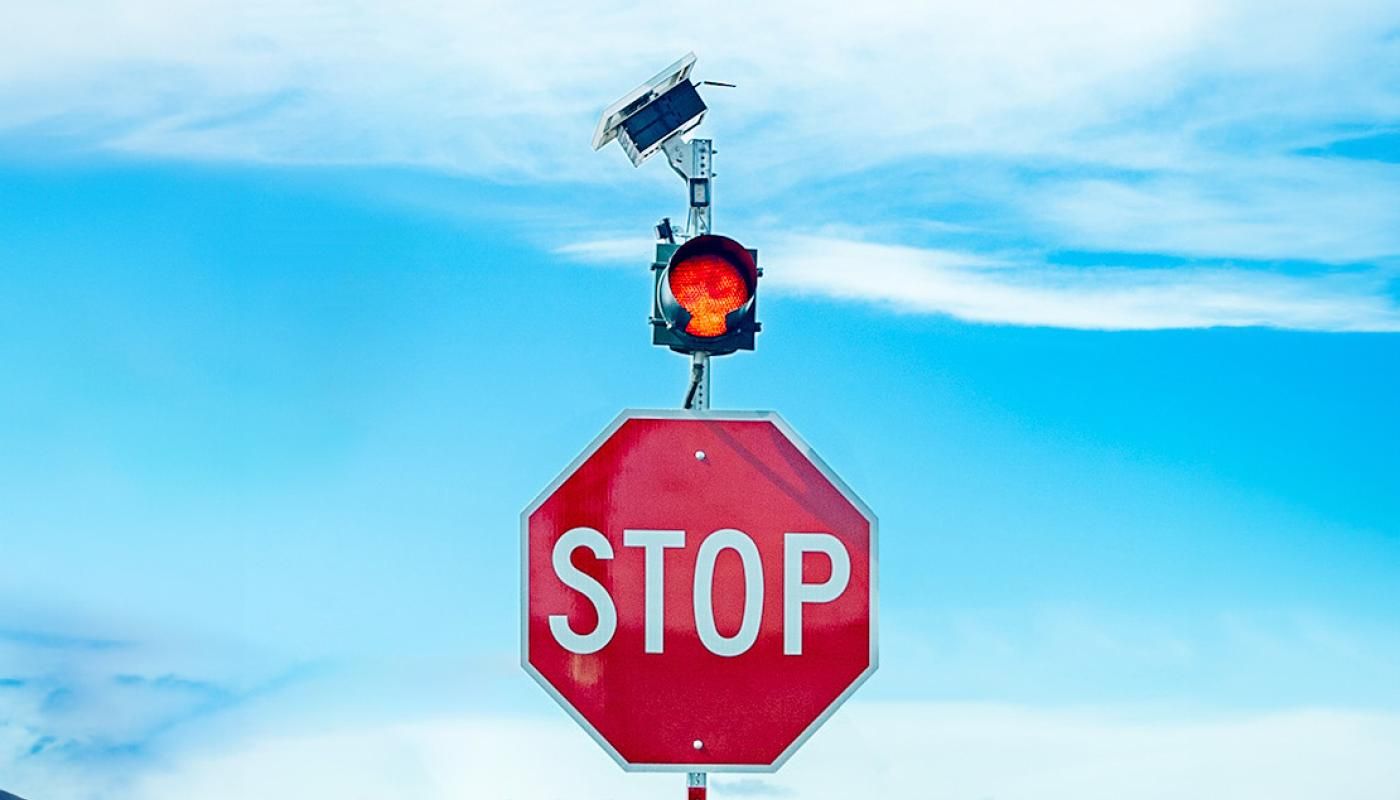
Case Study: Safety Evaluation of Stop-Sign Mounted Beacons
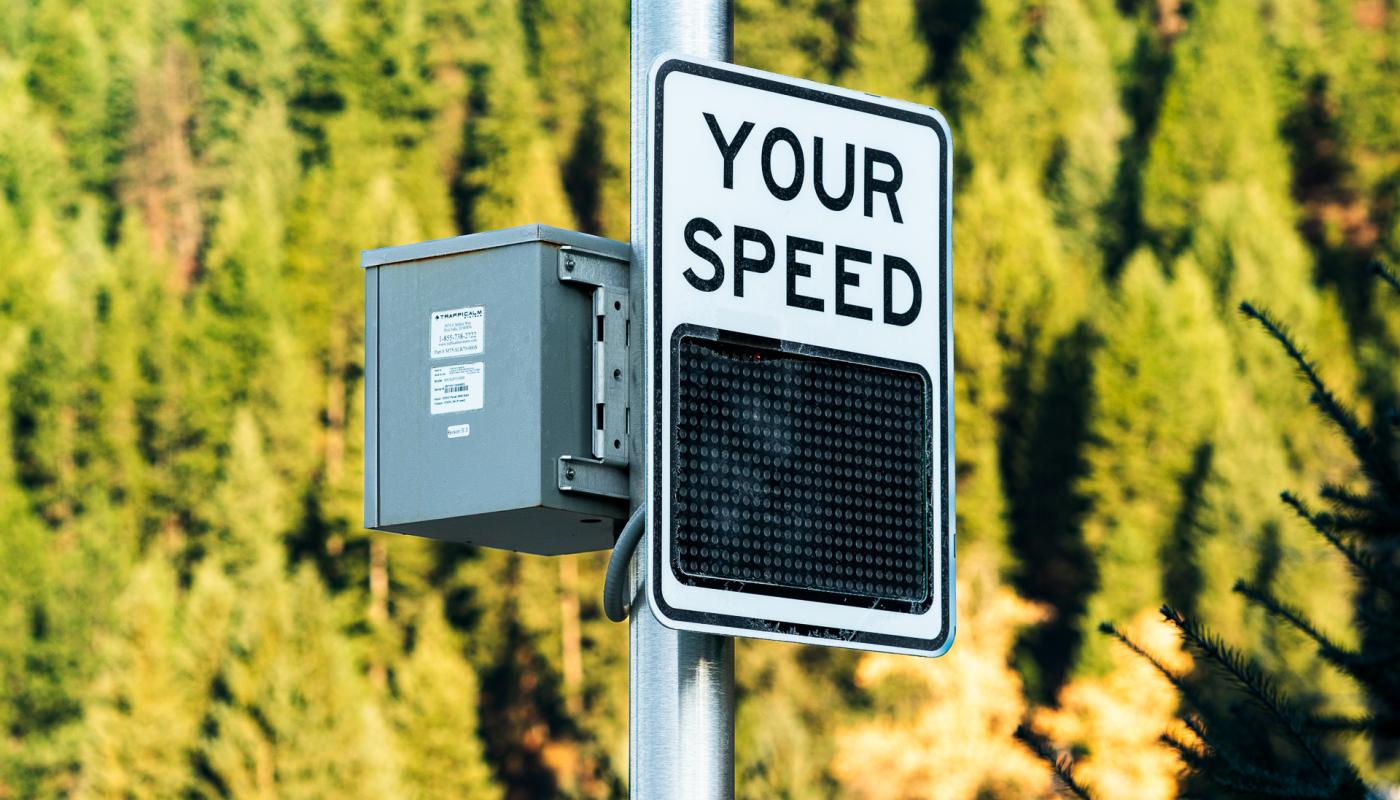
Case Study: Efficacy of Radar Speed Monitoring Displays in Reducing Vehicle Speeds

Case Study: Estimating the Crash Reduction of Flashing LED Stop Signs
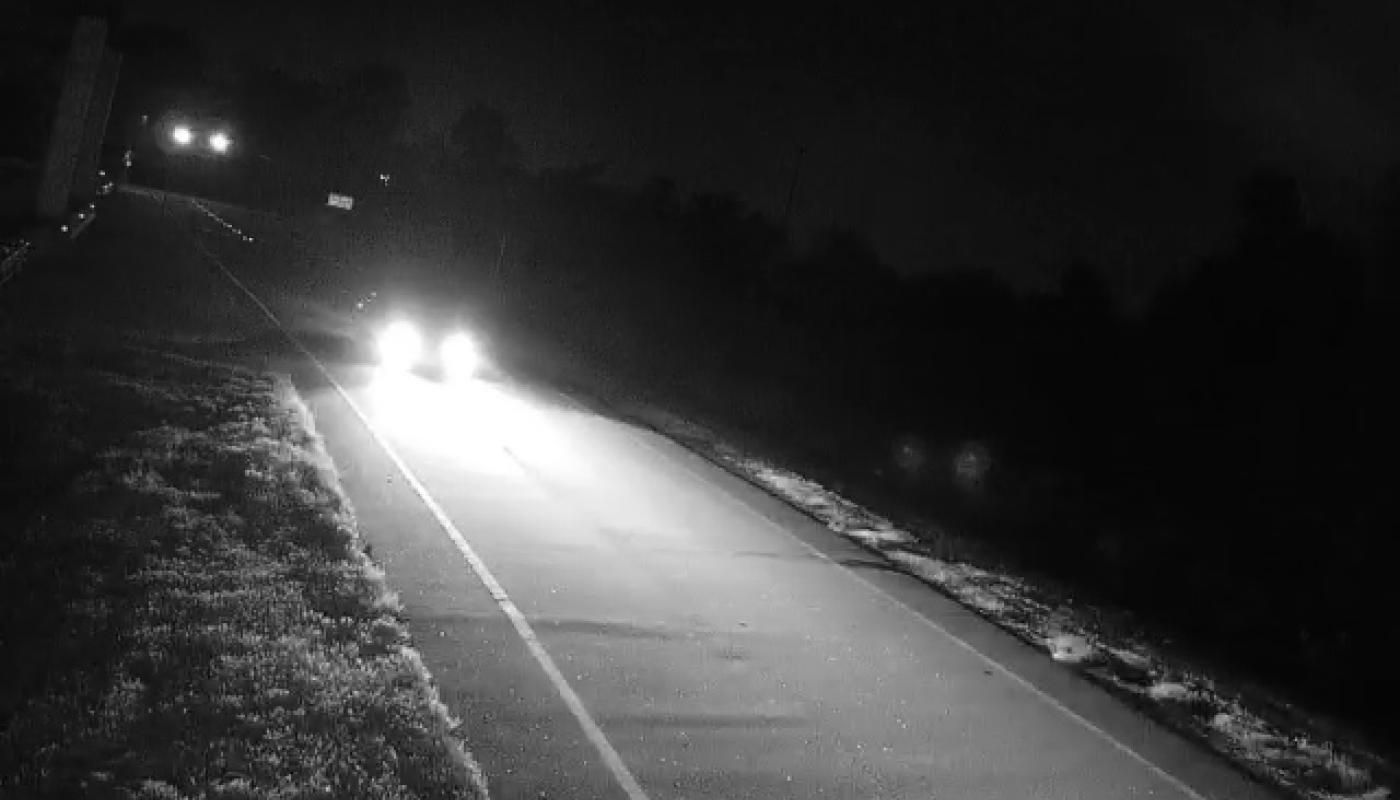
Case Study: Investigation on Wrong Way Prevention Technologies and Systems
A case study by the University of Memphis found TraffiCalm's WWPS, with its high accuracy, responsiveness, and live-tracking, to be the most effective system in reducing wrong-way driving incidents, recommending it as the preferred solution.
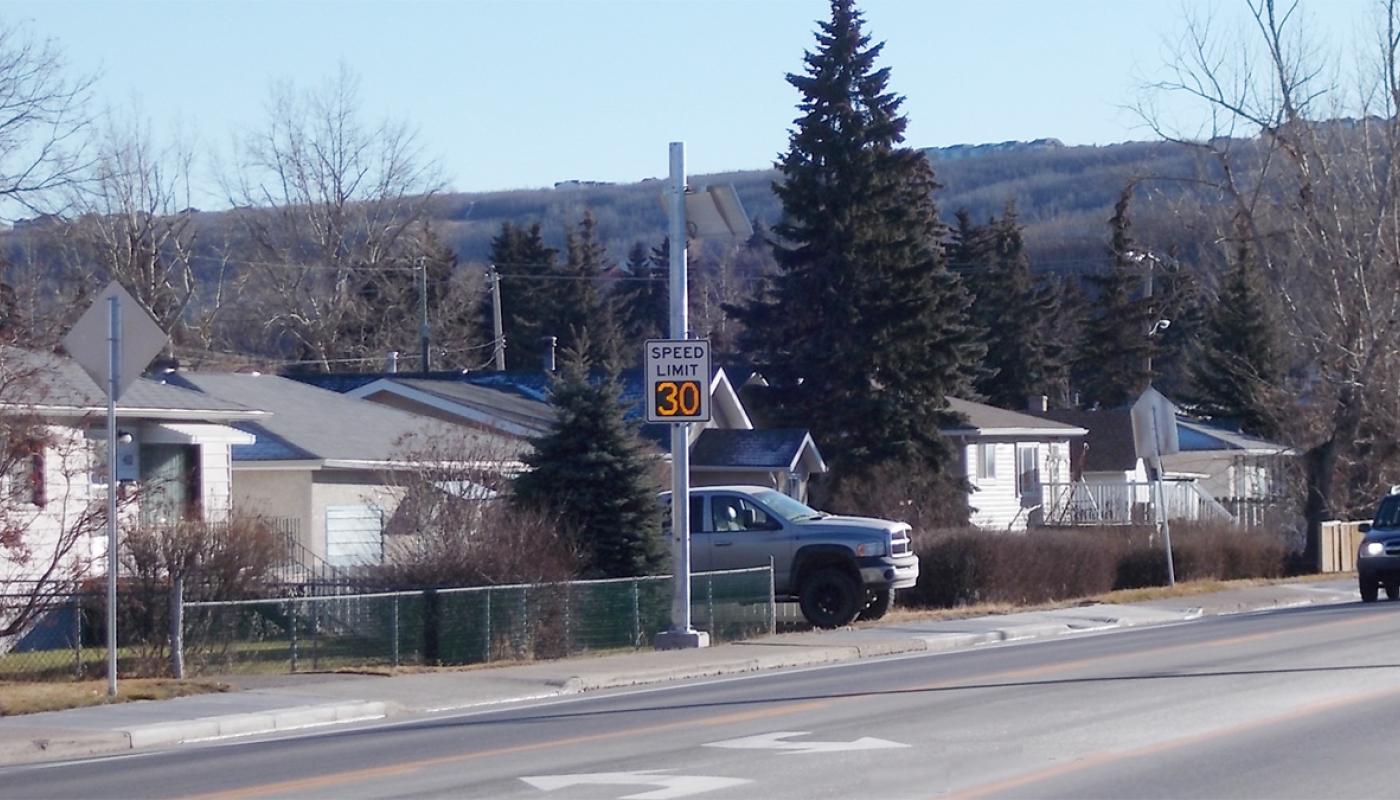
Using Variable Speed Limit Signs in Multi-Purpose Areas to Eliminate Driver Confusion

Radar Speed Signs in Industrial Areas
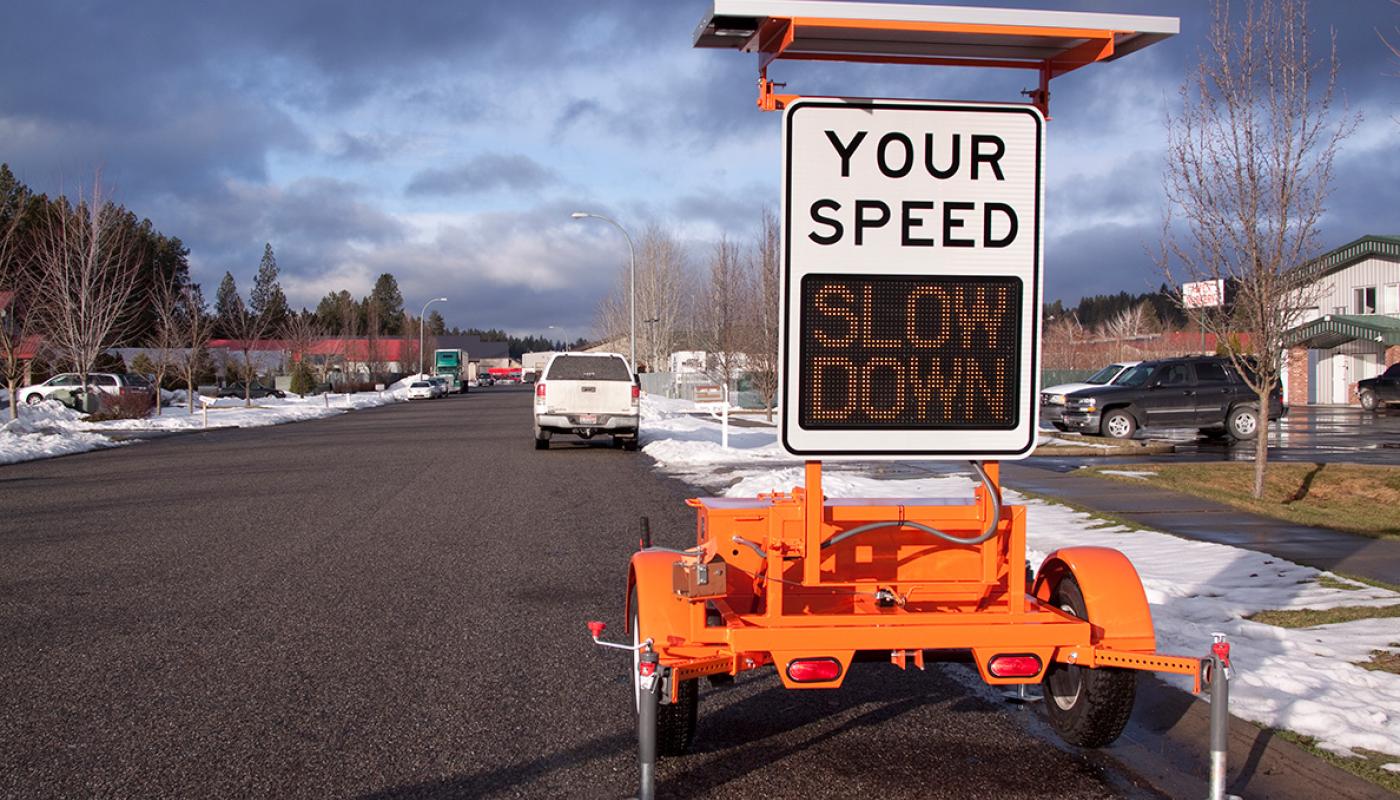
Making Construction Zones Safer with Speed Signs
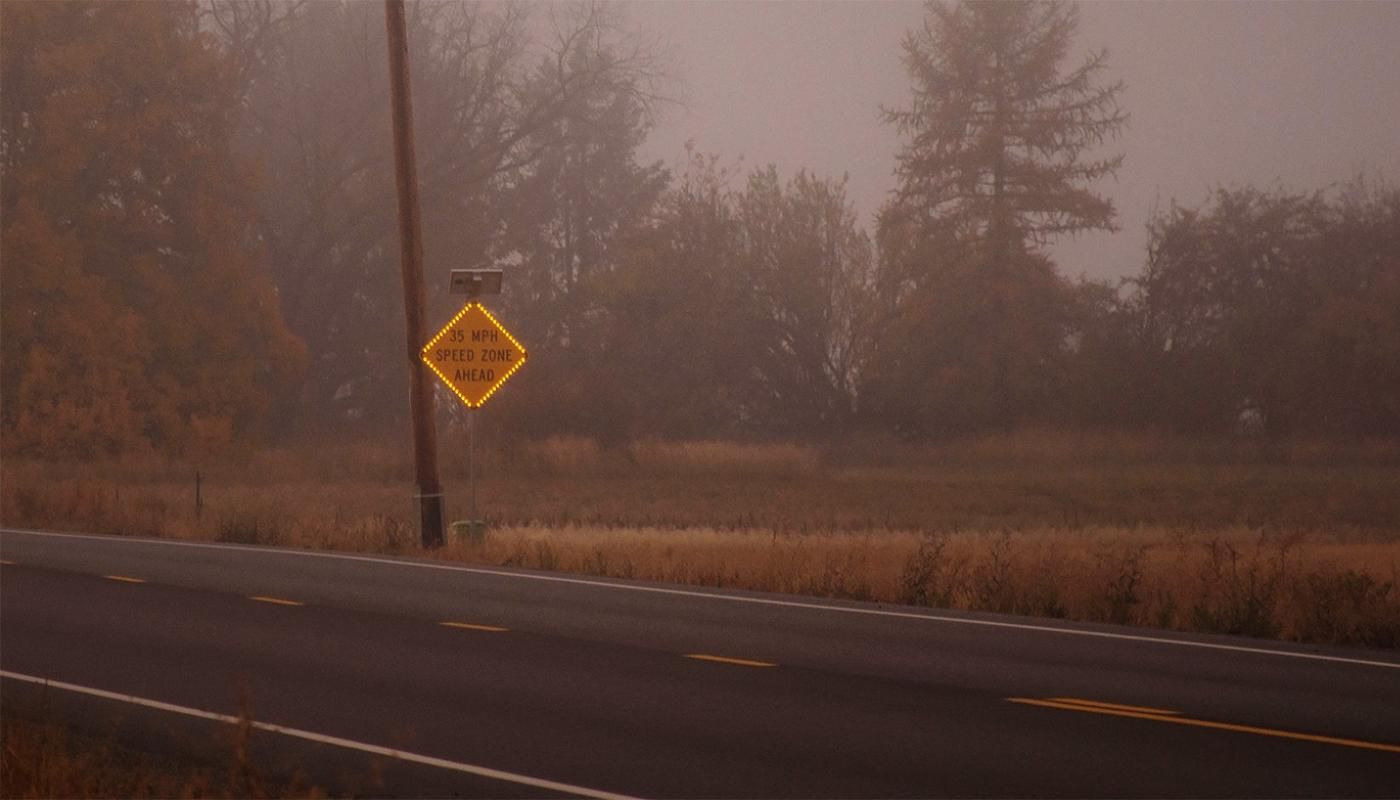
Traffic Calming Studies
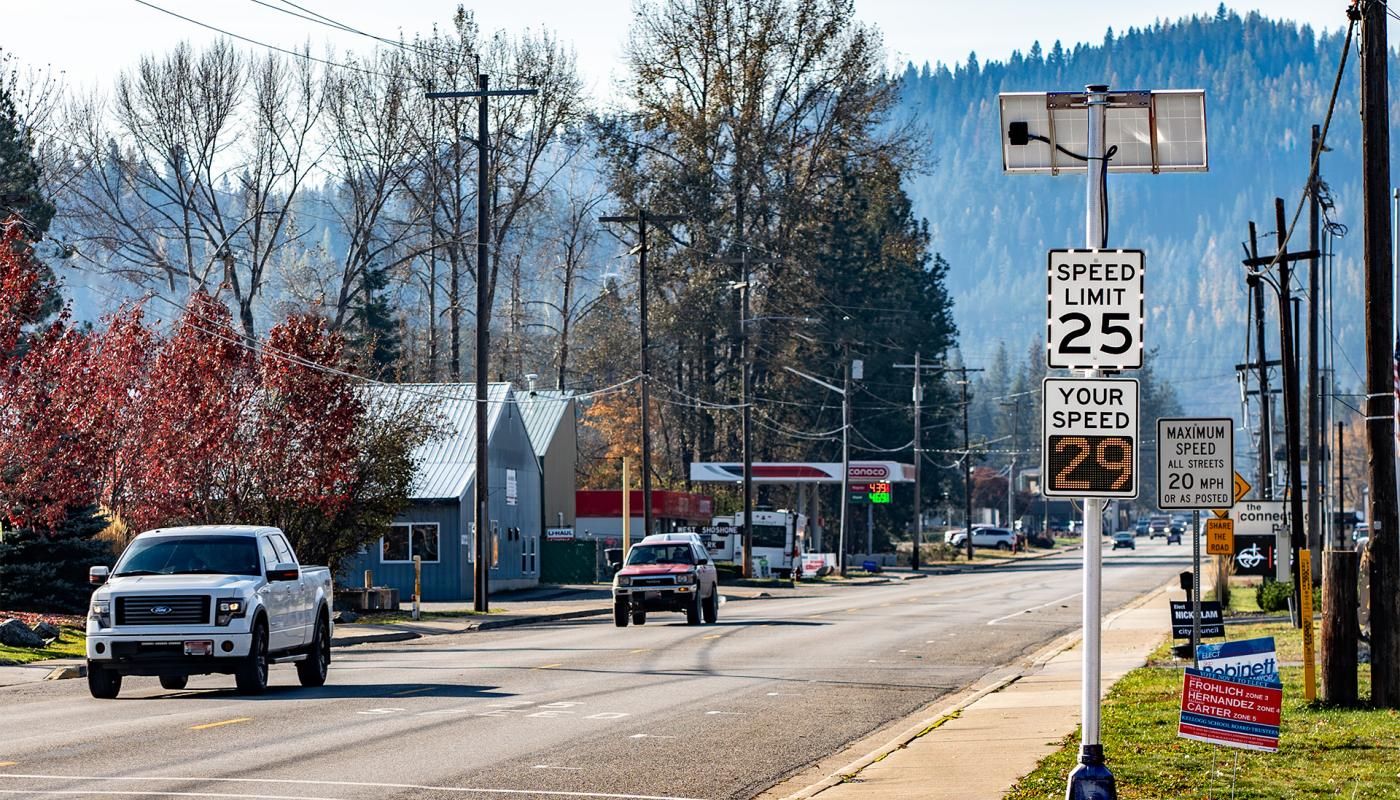
Helping to Prevent Accidents with TraffiCalm Radar Speed Signs
Special Circumstances
One of the problems with static speed signs is that they can make no allowance for special circumstances. Variable speed signs on the other hand, have a distinct advantage.

Protect Kids in Your Neighborhood with Driver Feedback Signs
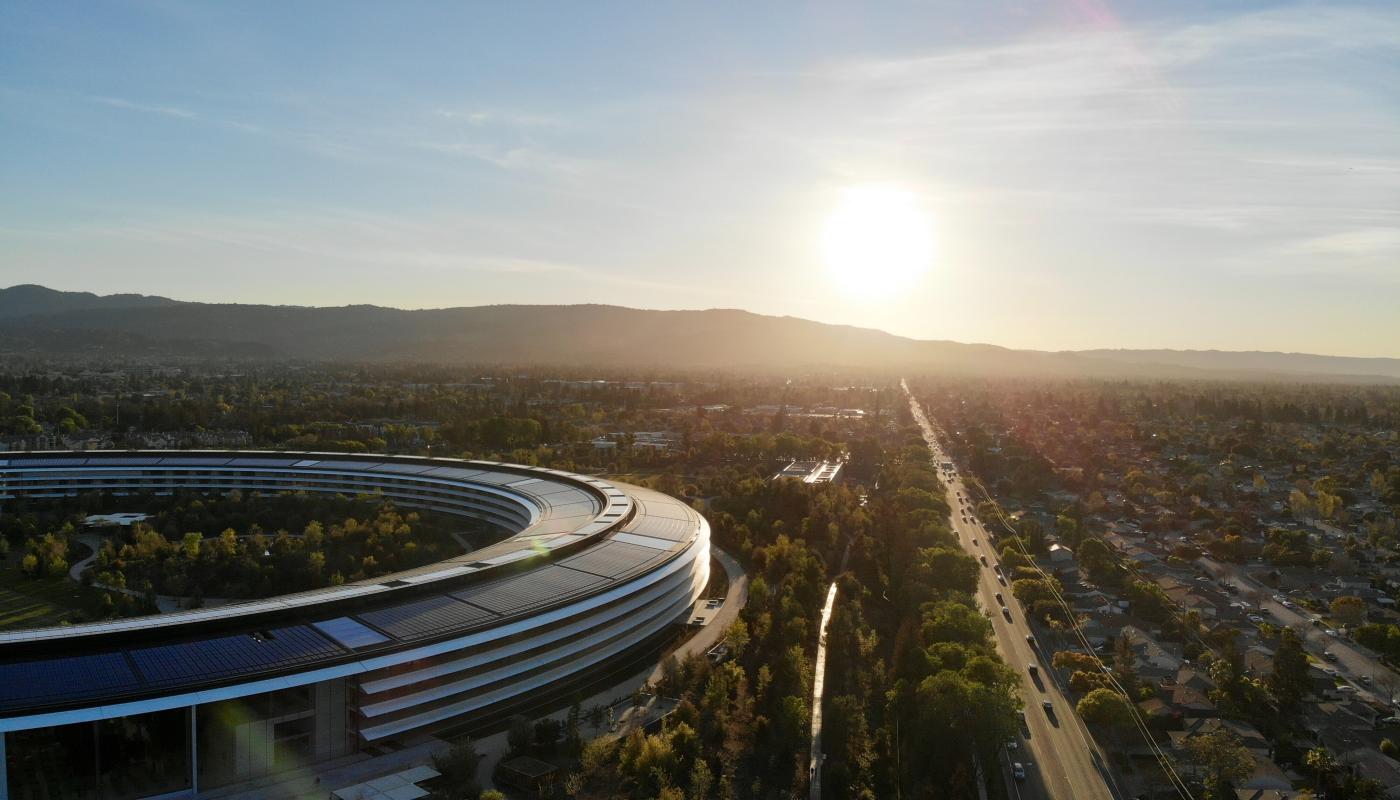
Traffic Calming on Business Campuses: More Than Accident Prevention

Traffic Impact Study: Are Radar Speed Signs Effective?

Is Work Zone Safety a Priority? Take This Safety Audit Quiz
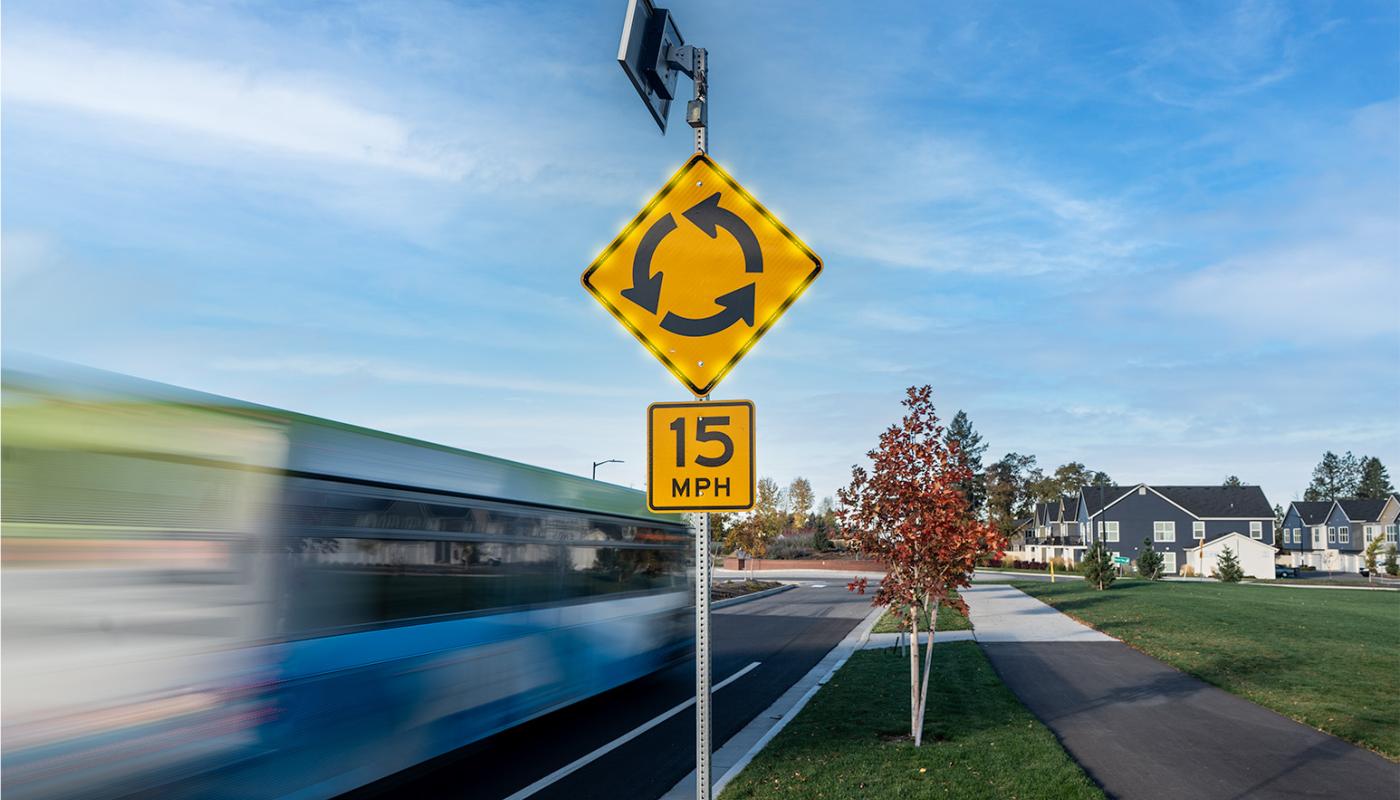
Warning: Your Neighborhood Might Not Be as Safe as You Think.

The Psychology of Speeding: The Success of Behavior Based Speed Enforcement
Human behavior is intransient, people don’t change their behavior, even behavior they want to change, easily. It’s no different when it comes to driving behavior. Communities and police departments find speeding and traffic safety to be top concerns among residents.
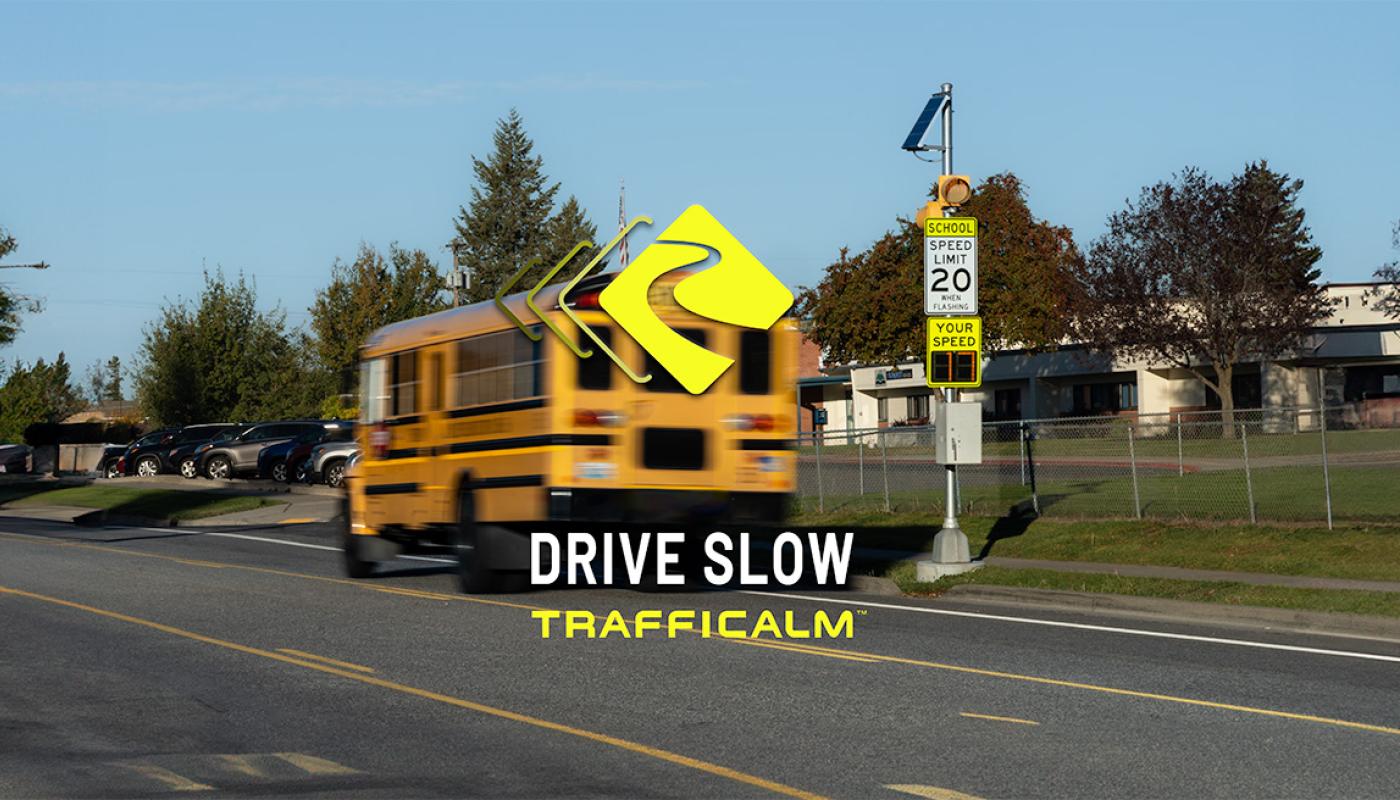
Is Your School Safe? A 5 Step Self-Assessment for PTA and Administrators
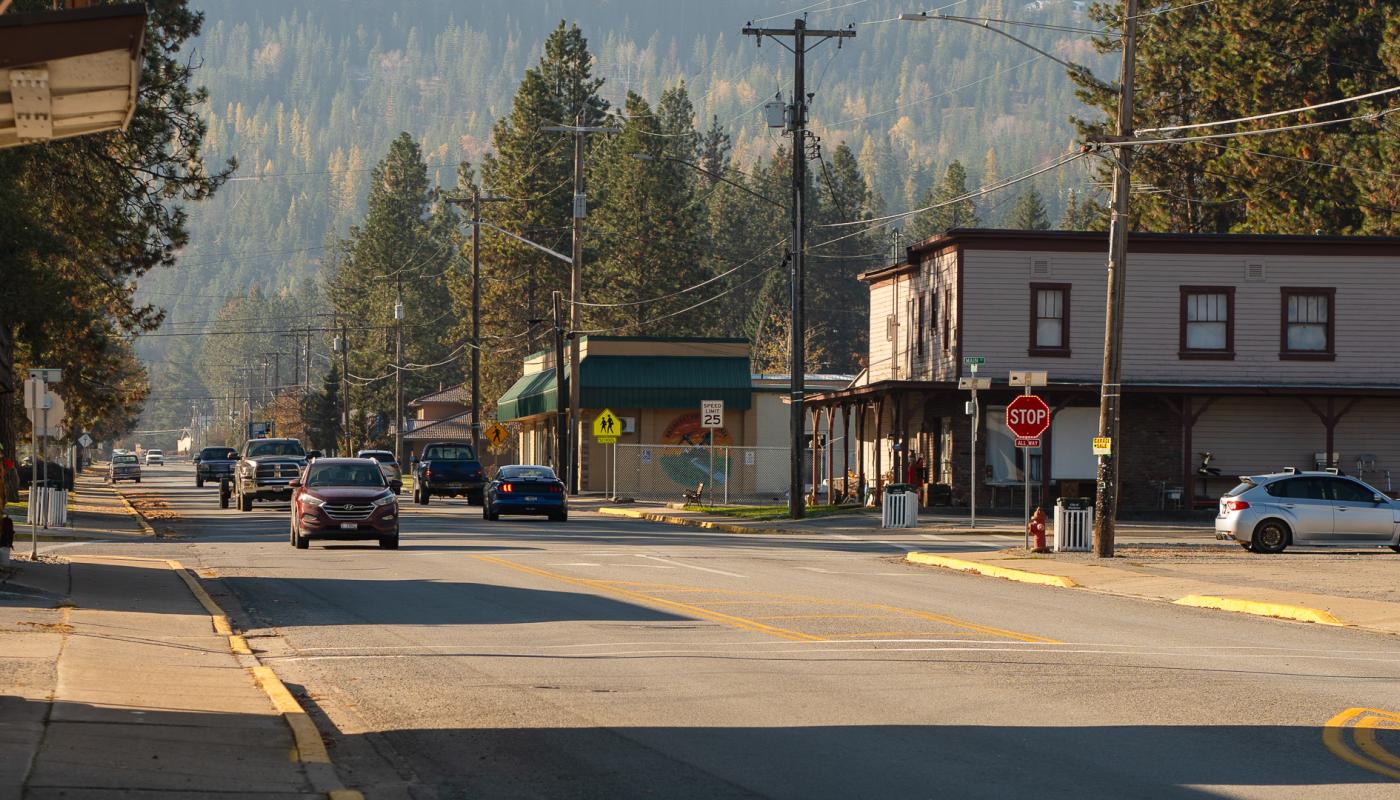
Protecting Business Areas With Traffic Calming Signs
Why Businesses Should be Protected
It is a nice feature of many business that they have campuses for the uses of both employees and customers.
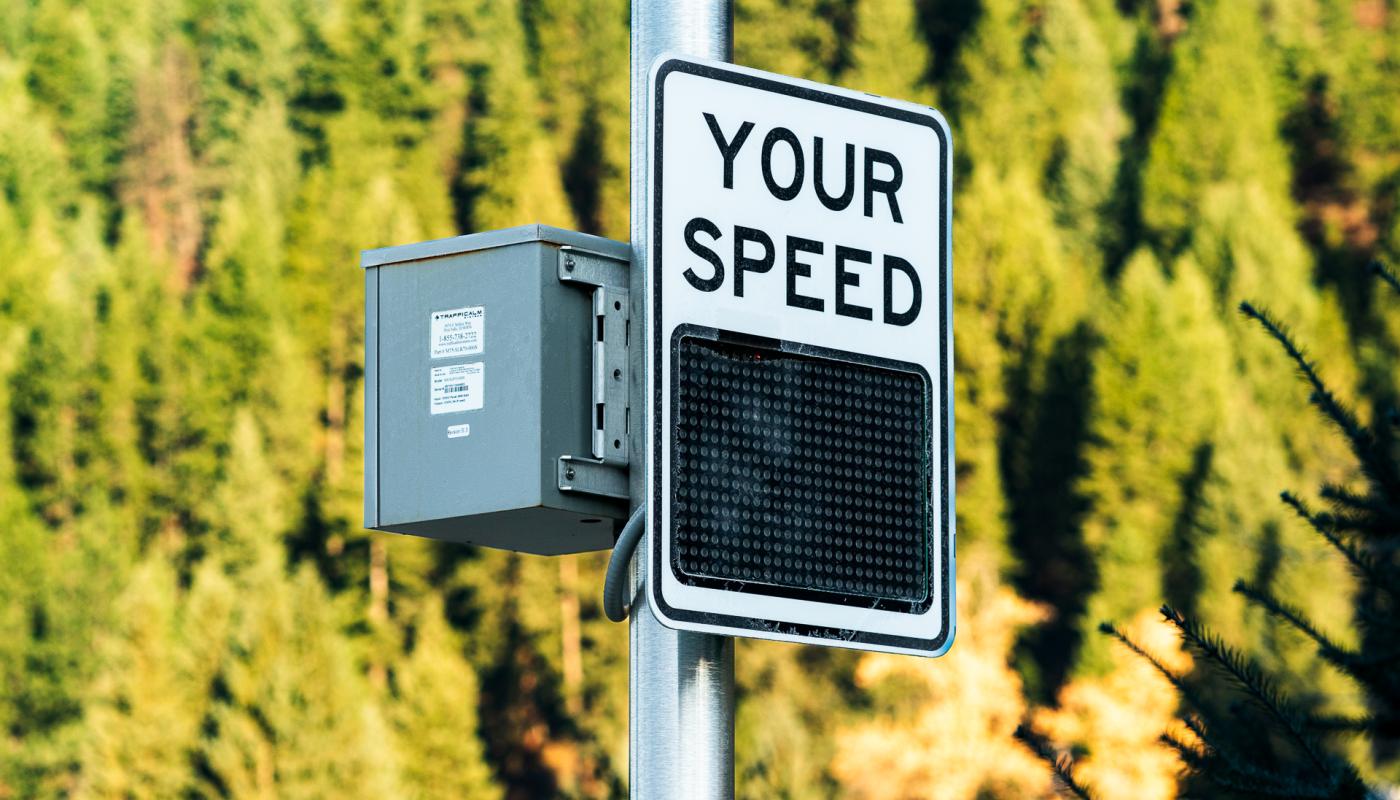
Radar Speed Signs are Important for Keeping Roads Safe
Driver Reactions
Whenever we see a dynamic speed sign we tend to find ourselves slowing down, even if we were already traveling under the speed limit.
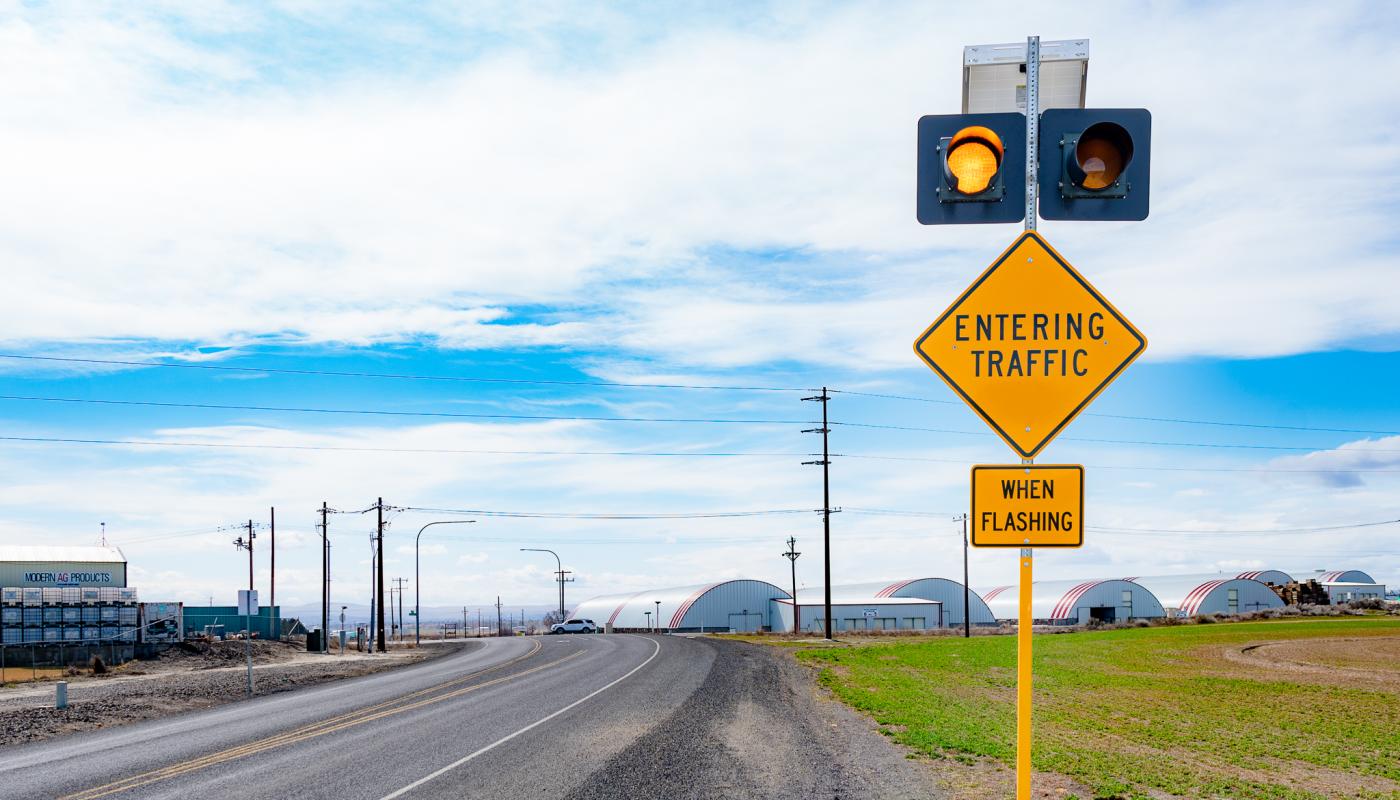
Conflict Intersection Solutions by TraffiCalm
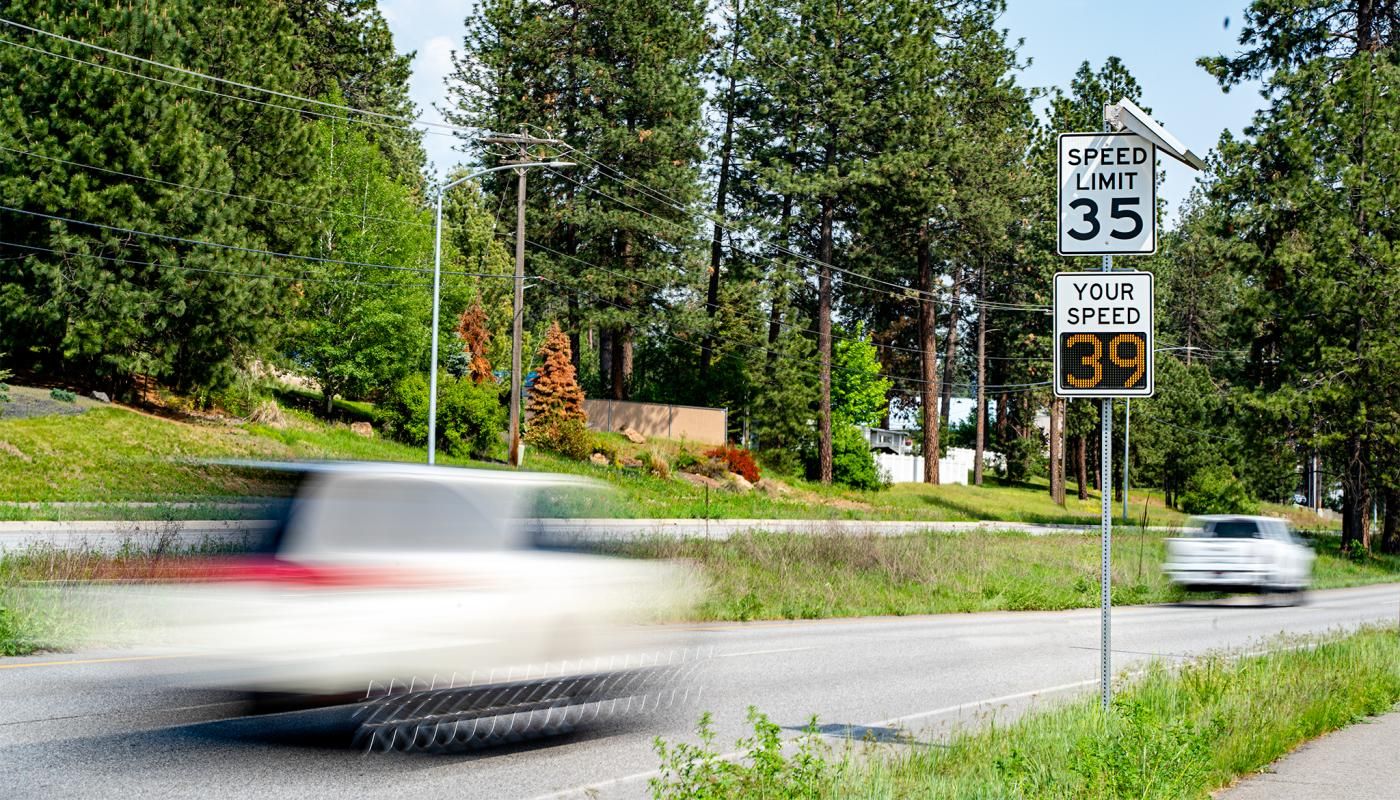
Traffic Impact Study: Are Radar Speed Signs Effective?
Community groups facing tough speeding challenges look for creative, cost effective solutions that make smart use of available funding.

Stop Signs are Ineffective at Traffic Calming
Conventional Stop Sign Drawbacks
It might strike some people that the obvious approach to dealing with aggressive drivers would be more stop signs. However, stop signs can simply aggravate the problem.
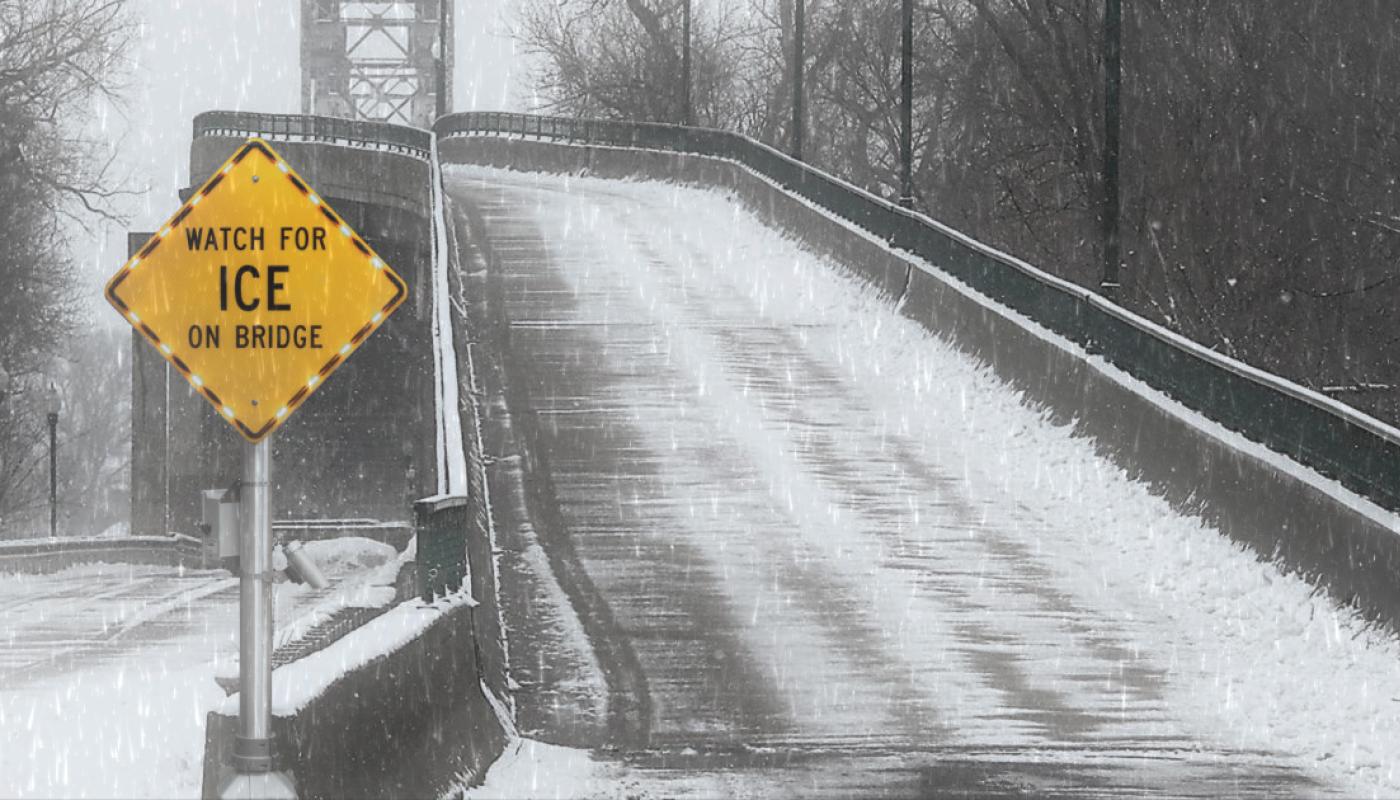
Traffic Calming in Winter Conditions
When Increased Traffic Risks Are Apparent
When it comes to winter driving, slowing down traffic is crucial. Not just for the safety of others but also to protect yourself.
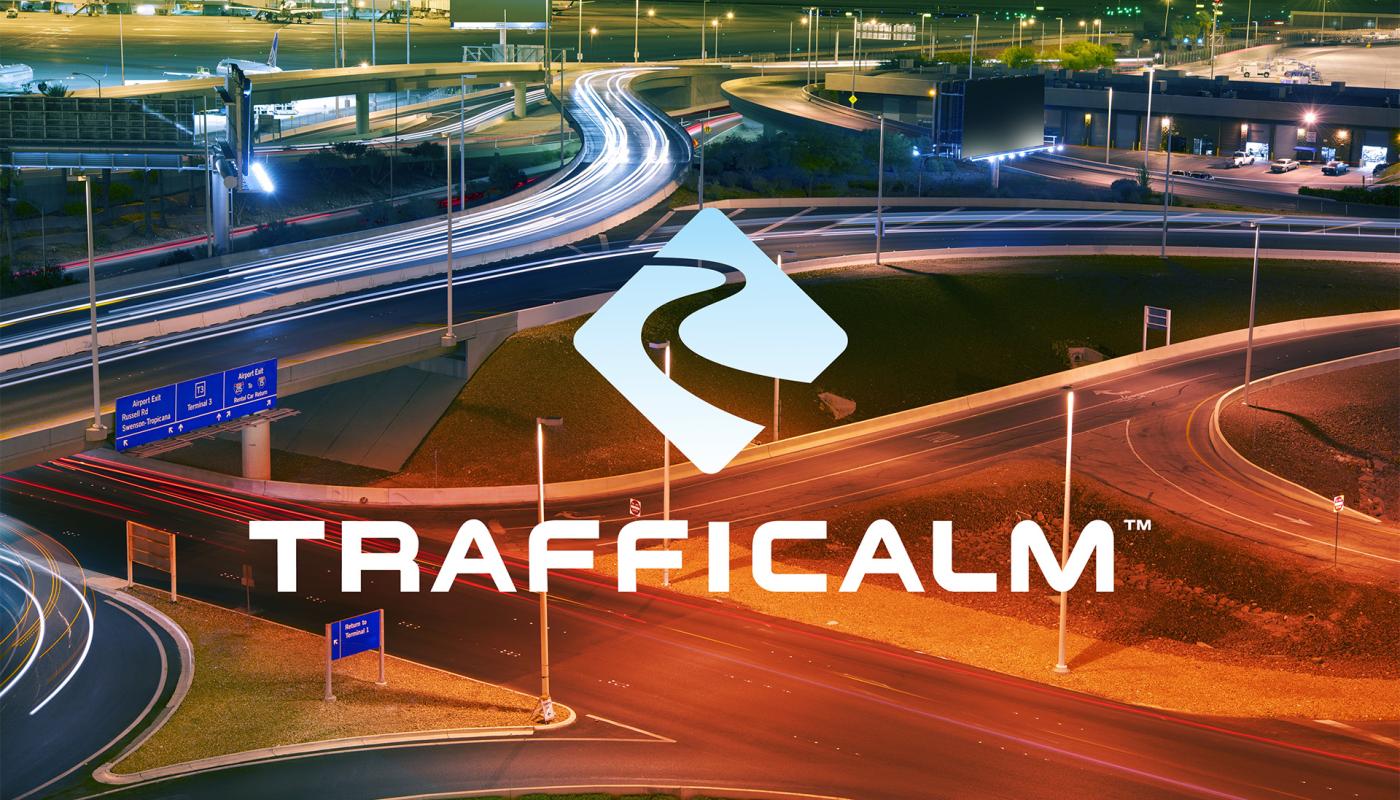
Using Traffic Calming Technology to Keep Airports Safe
Airport Traffic - Differences
When it comes to monitoring traffic in airports, the difficulties are different from almost any other busy area. With large amounts of people coming in and out, some of whom are international visitors, the challenges faced become unique.
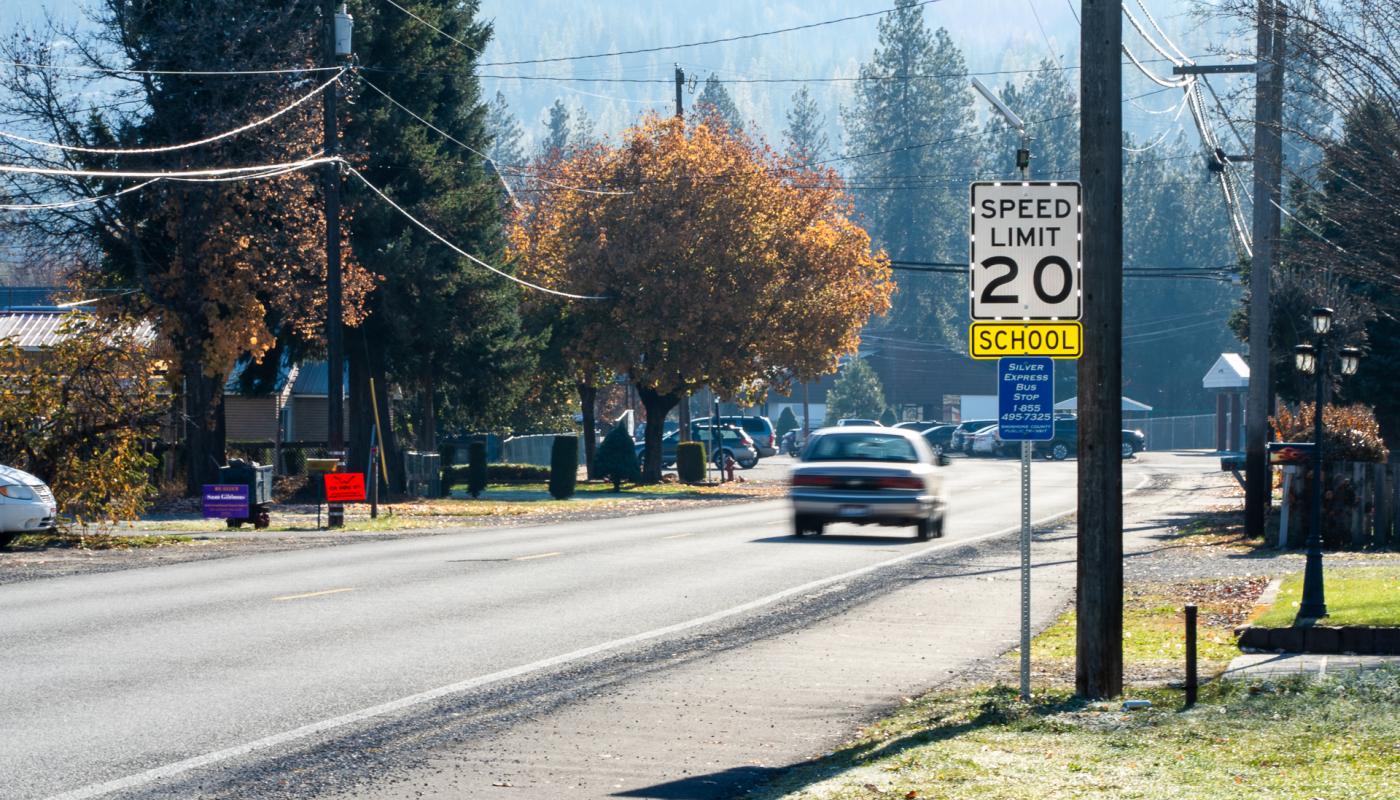
Using a Traffic Calming Sign to Reduce Speeding
Common Speeding Areas
Some areas are much more common for speeding than others. Long stretches of highway tend to be an obvious choice for speeders, but so are places like large parking lots and garages. Even residential neighborhoods can become a target zone.

Using Radar Speed Signs to Protect Hospitals
Vulnerable Pedestrians
One of the areas with the most vulnerable pedestrians is hospital parking lots. With patients coming in and out, many of them in states of extreme anguish and moving slowly, the the potential for accidents increases.
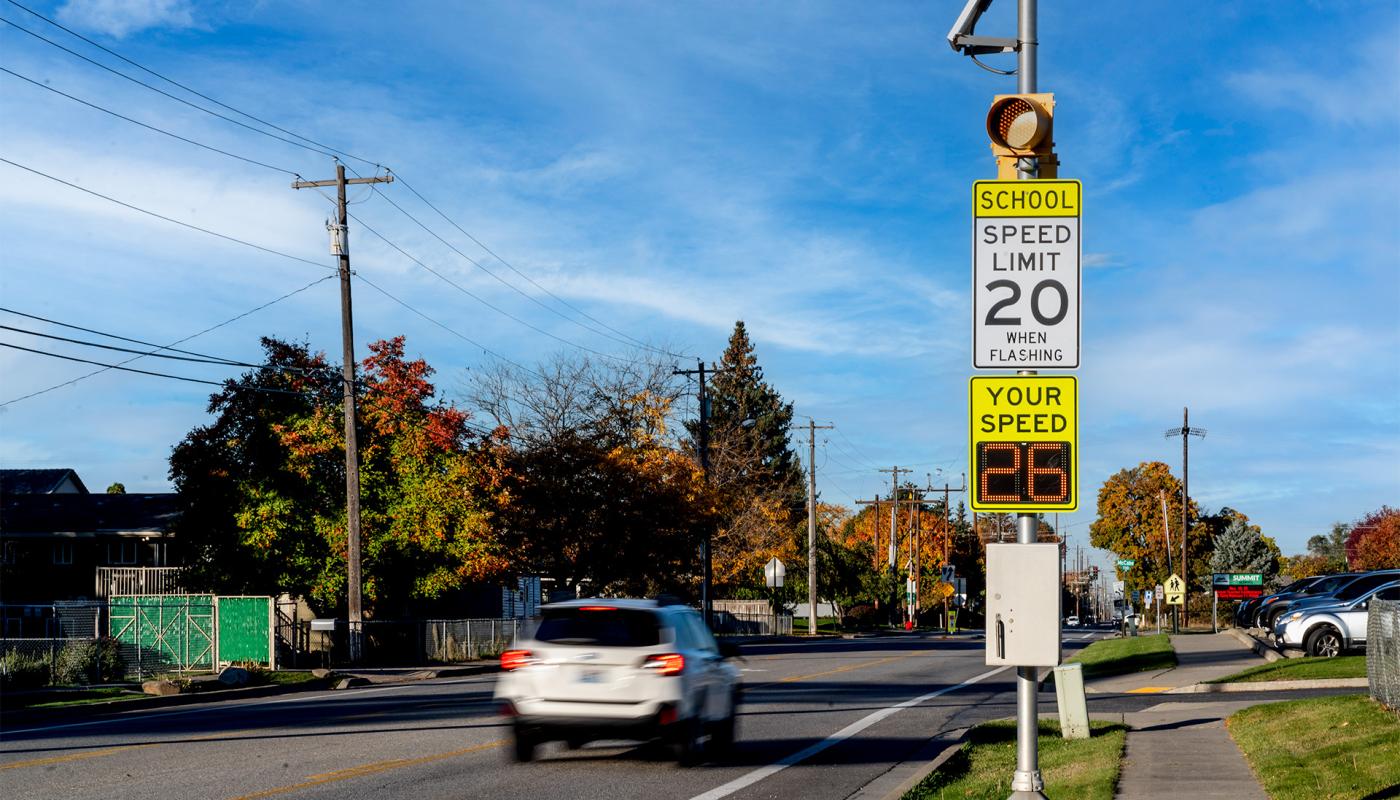
Protecting Preschools and Daycares with Radar Speed Signs
Staying Cautious
The police and local governments often do a good job of adding extra support to keep schools and parks carefully monitored. Any area where children are active must be watched and protected.
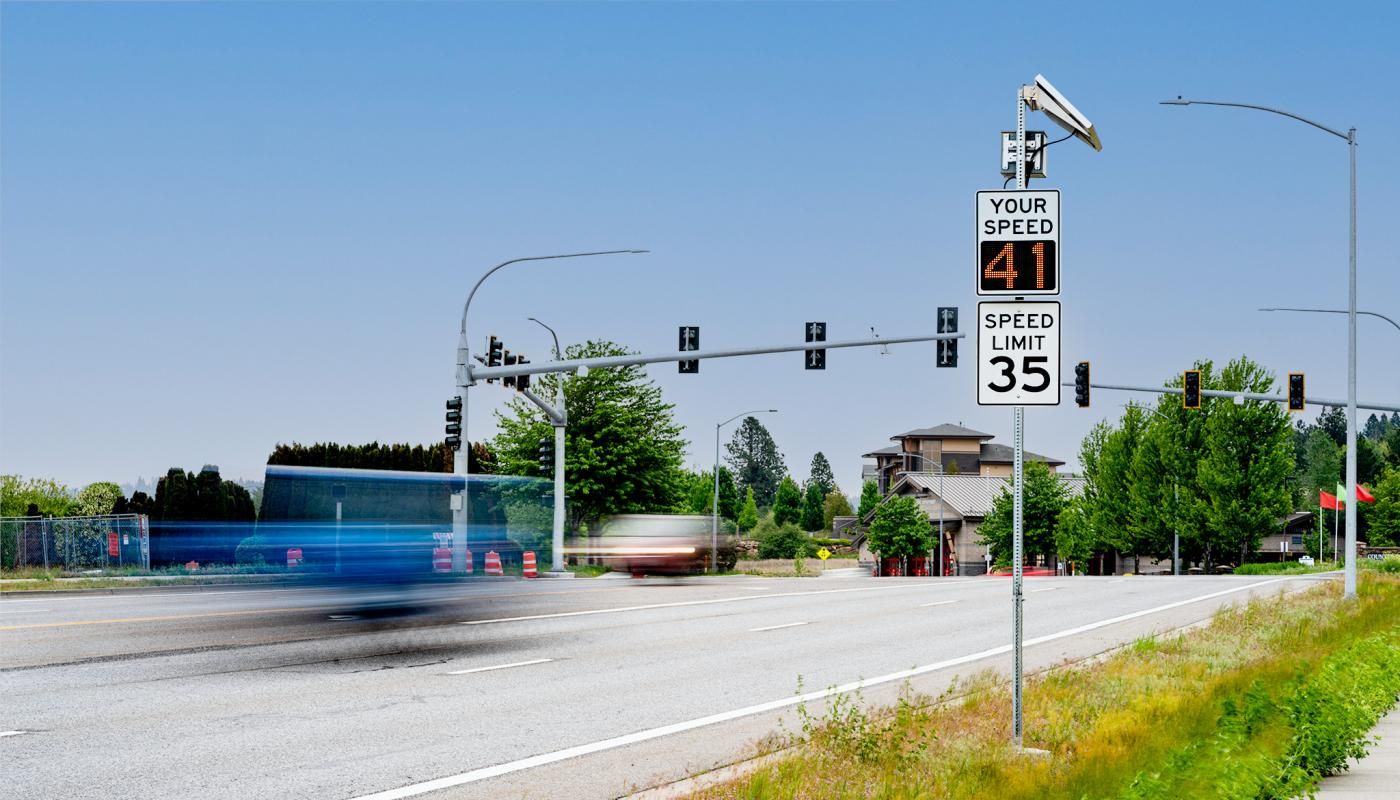
Traffic Calming Around Hotels
Any Need
Hotels are unique because they go through stages when they are busy and when they are inactive. During tourists seasons or when there is a conference in town, the hotels fill up quickly.
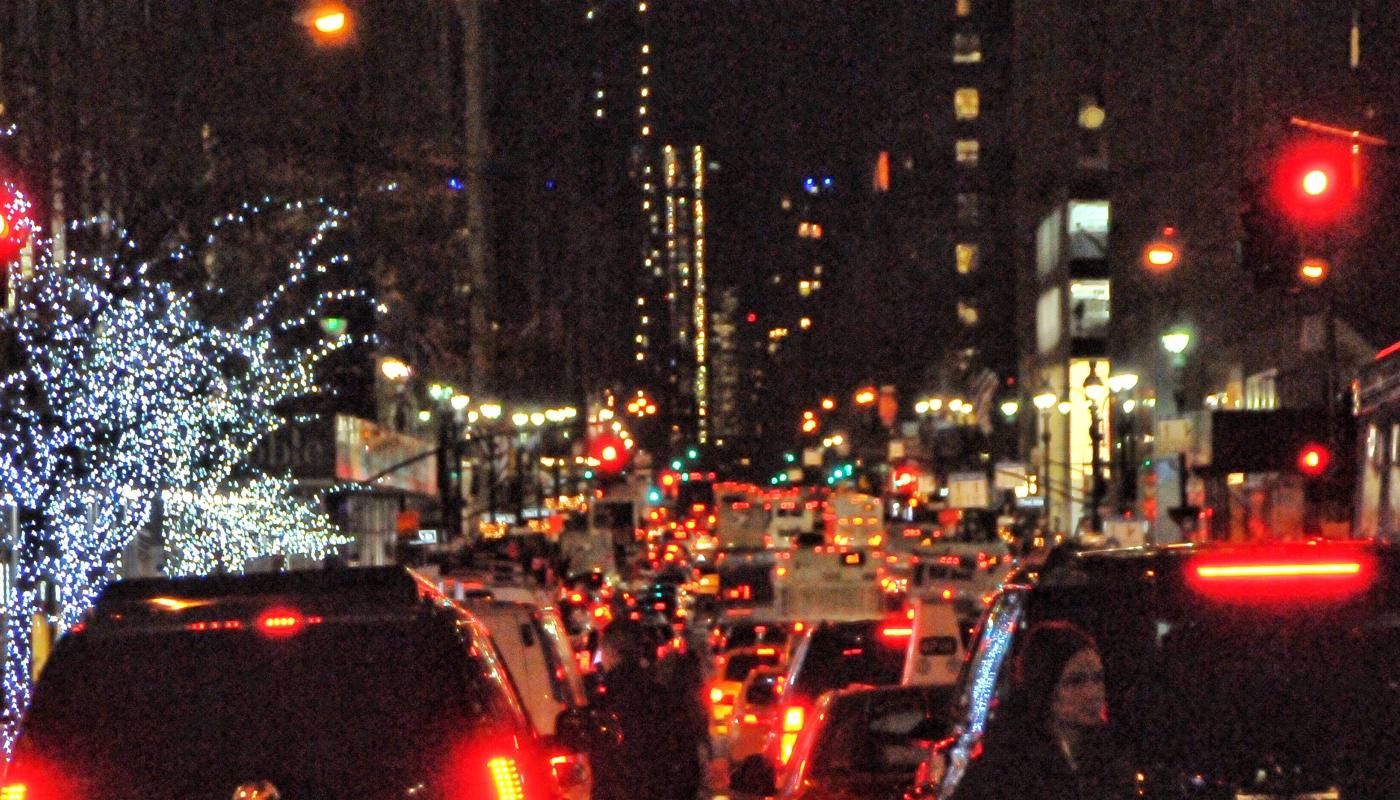
Keeping Holiday Traffic Under Control
The Traffic Boom
Most people love public holidays because they associate them with good memories. But public holidays can be very difficult, especially for travelers.
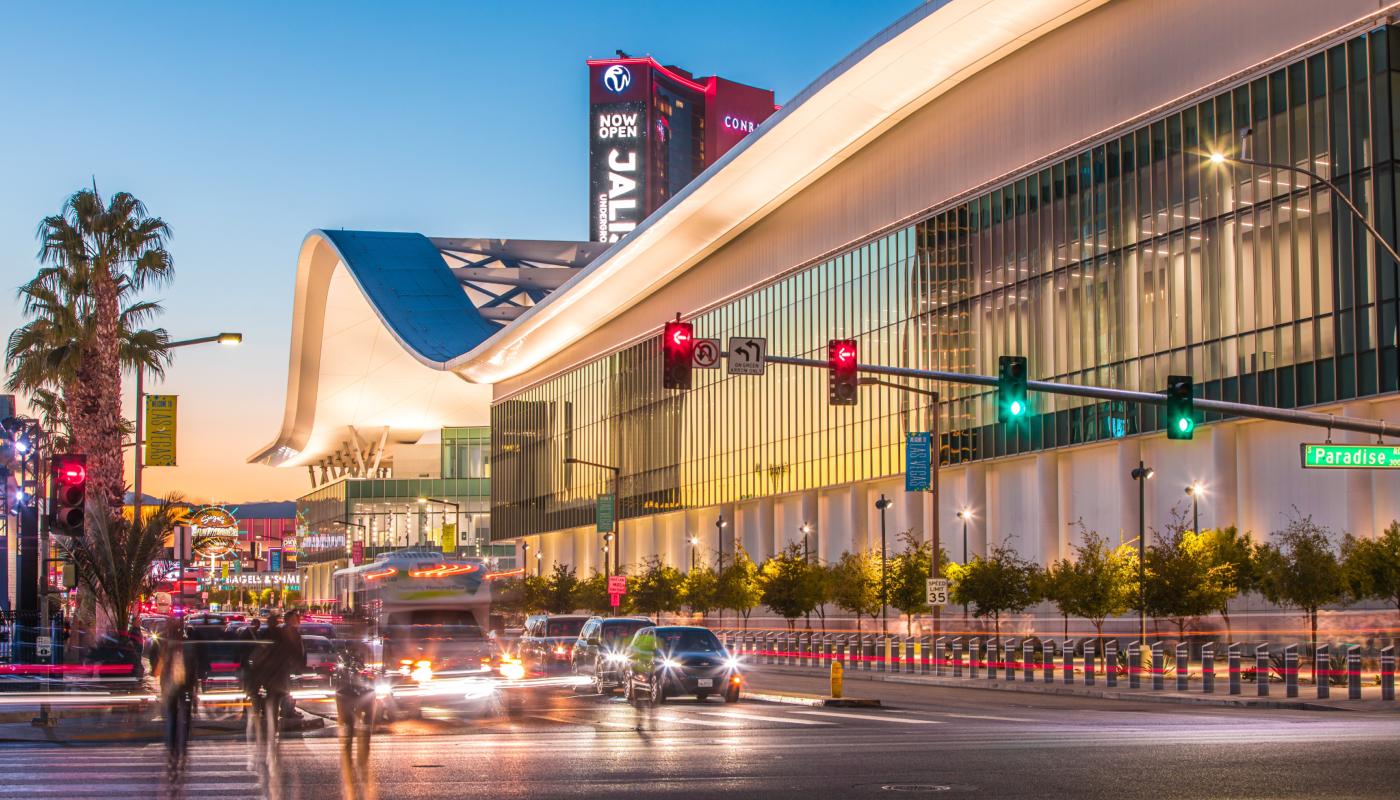
Using Traffic Calming to Keep Large Events Safe
Surviving Large Event Traffic
If you have ever been to a large party you know what the atmosphere is like: people moving in groups, laughing and talking, constant movement, crowds coming and going constantly...

Keeping Traffic Calm In Work Areas
Where To Start
It is always important to keep traffic carefully controlled in work zones and when it comes to speed signs, the best place to begin is right at the beginning.

How Deployment of Radar Speed Signs Dramatically Enhances Pedestrian Safety
Pedestrians’ risk of involvement in a vehicular accident rises as speed rises, and in the case of pedestrian’s hit by vehicles, the vehicle speed plays a key role in the severity of the injuries and survival rate.